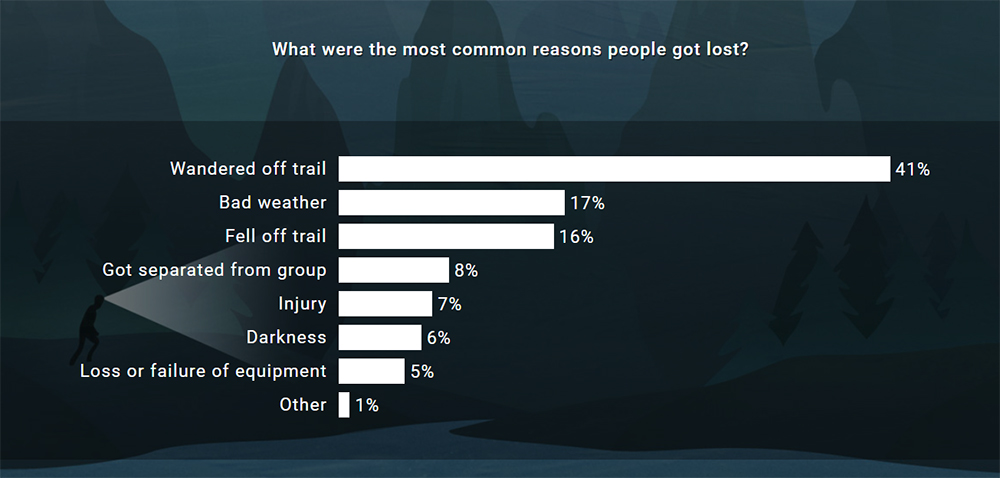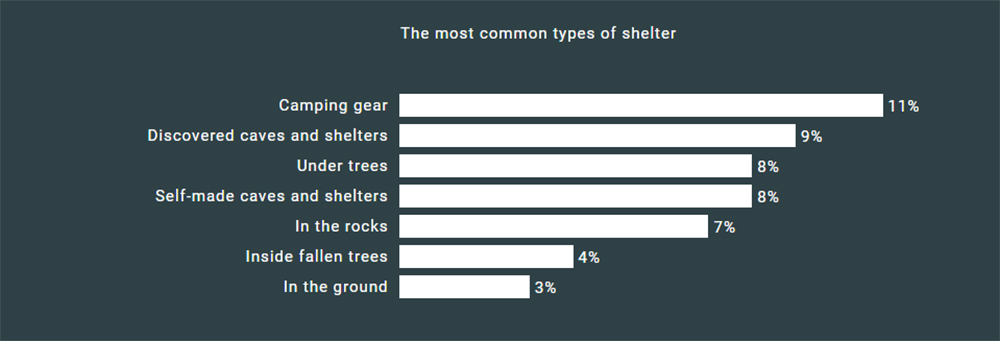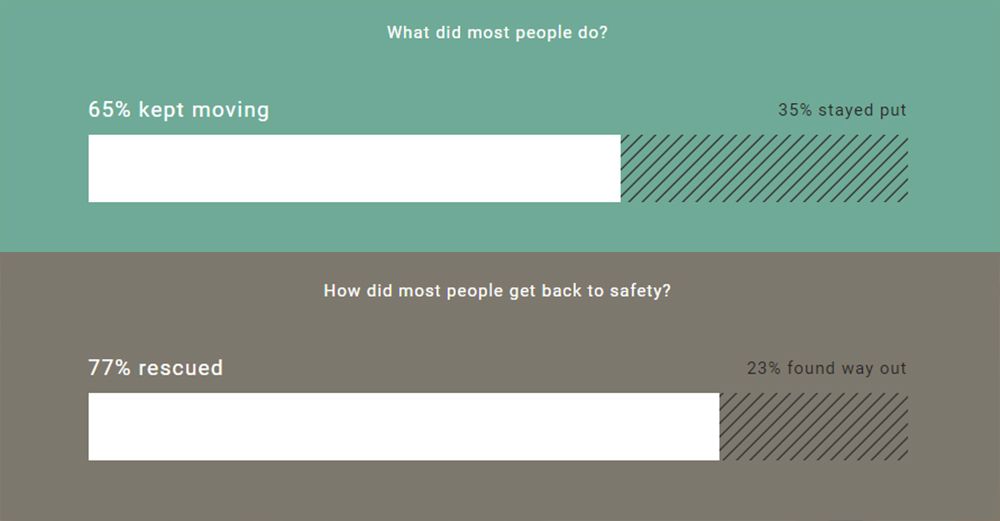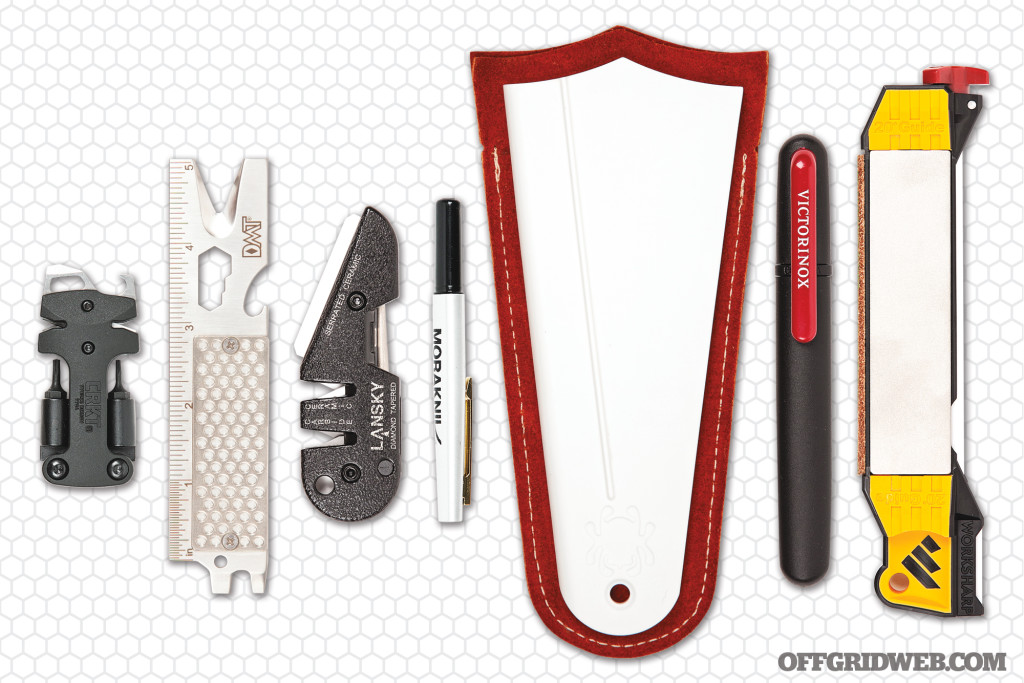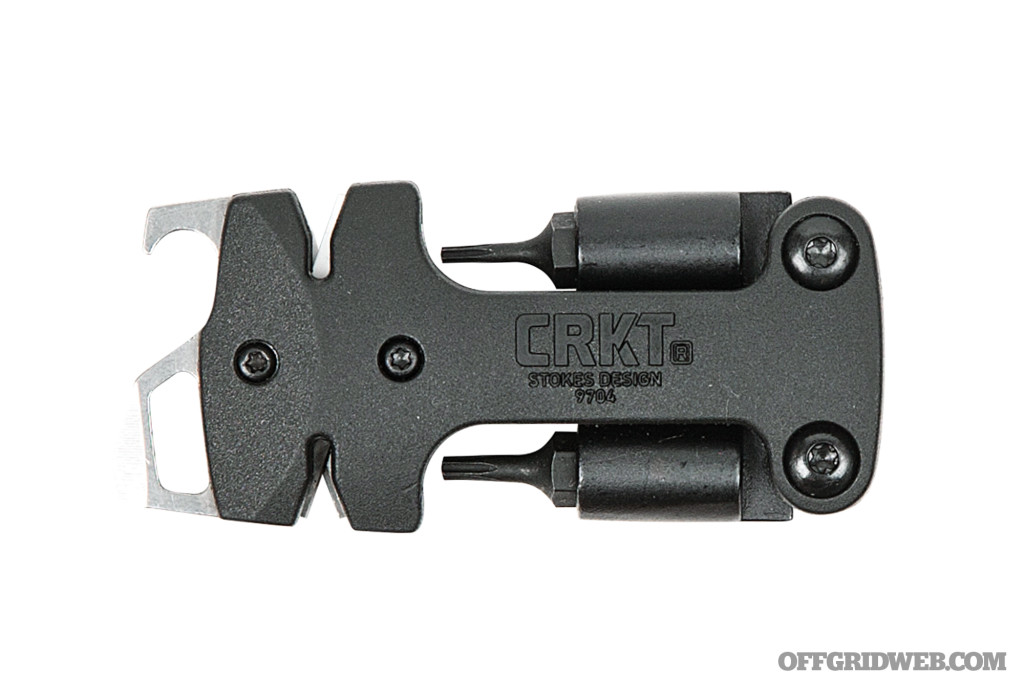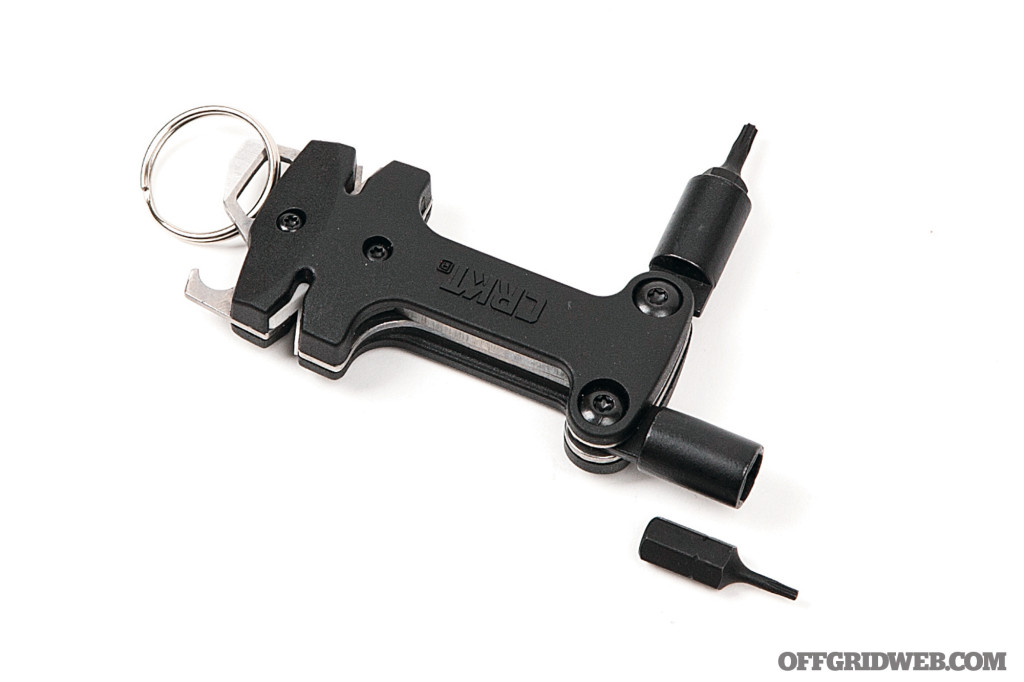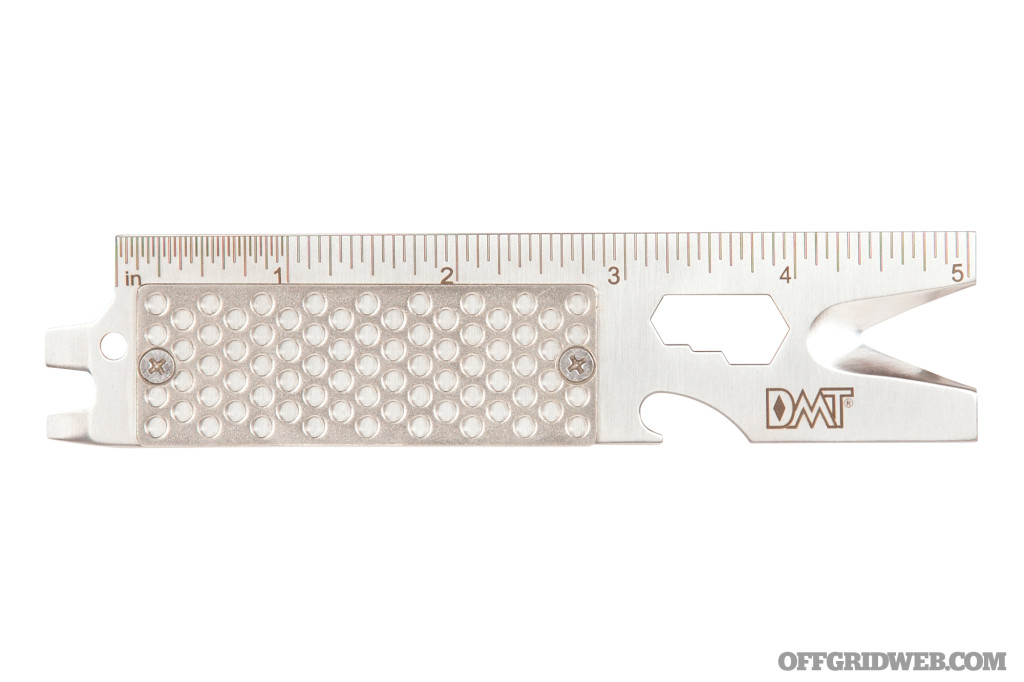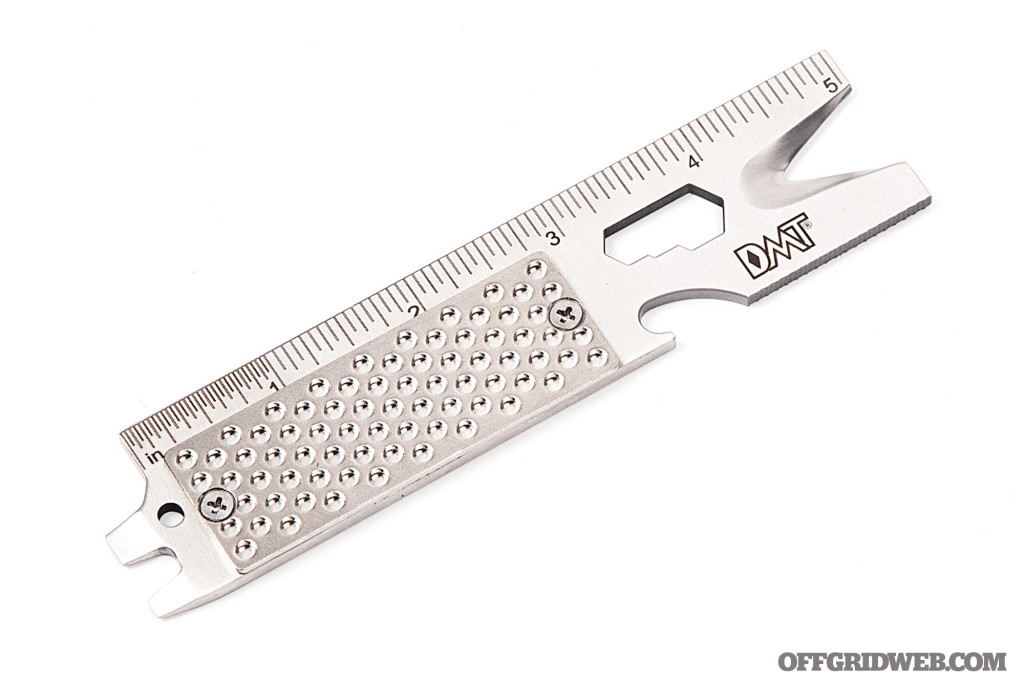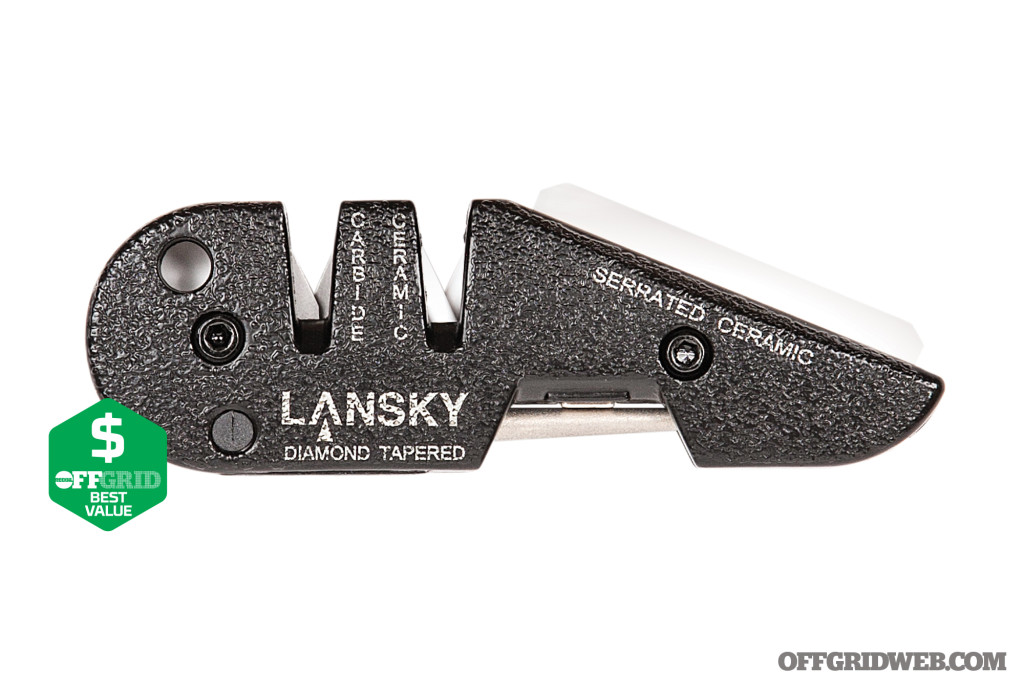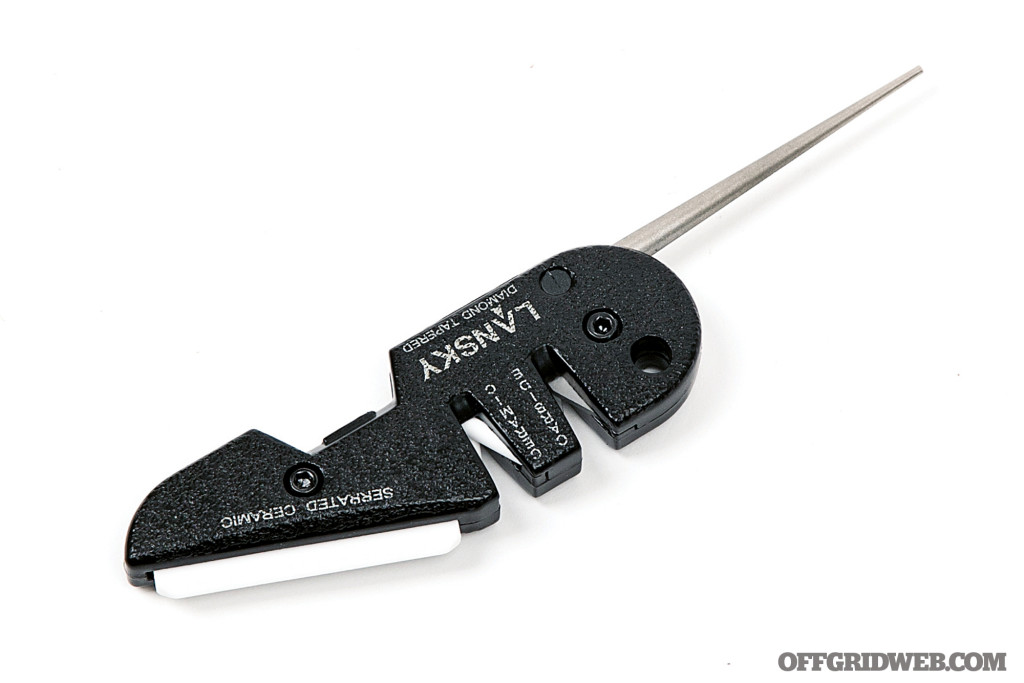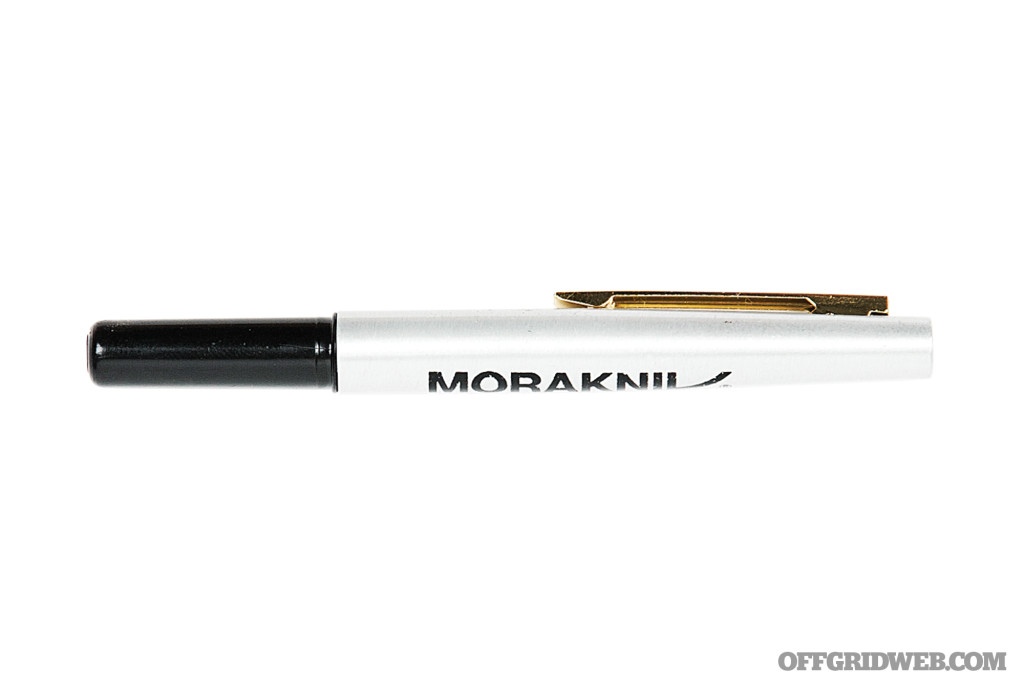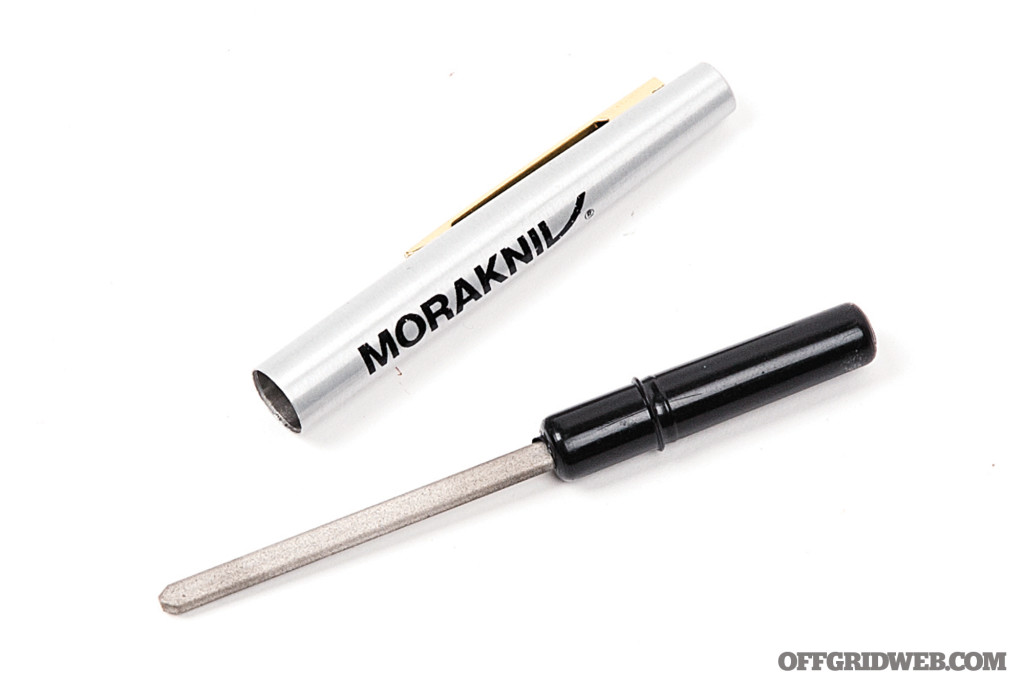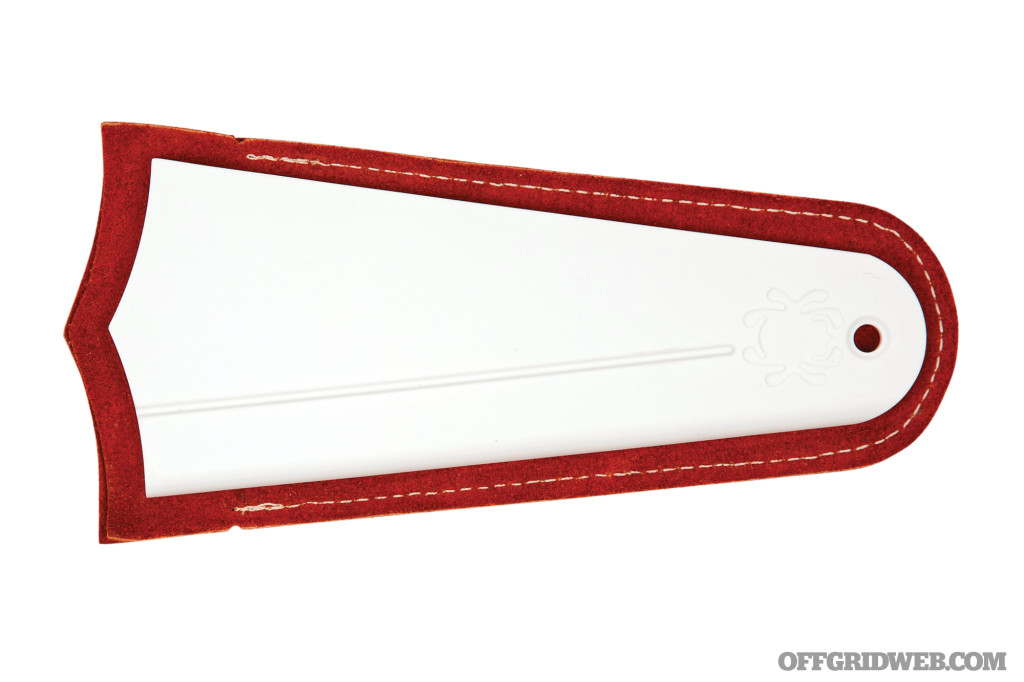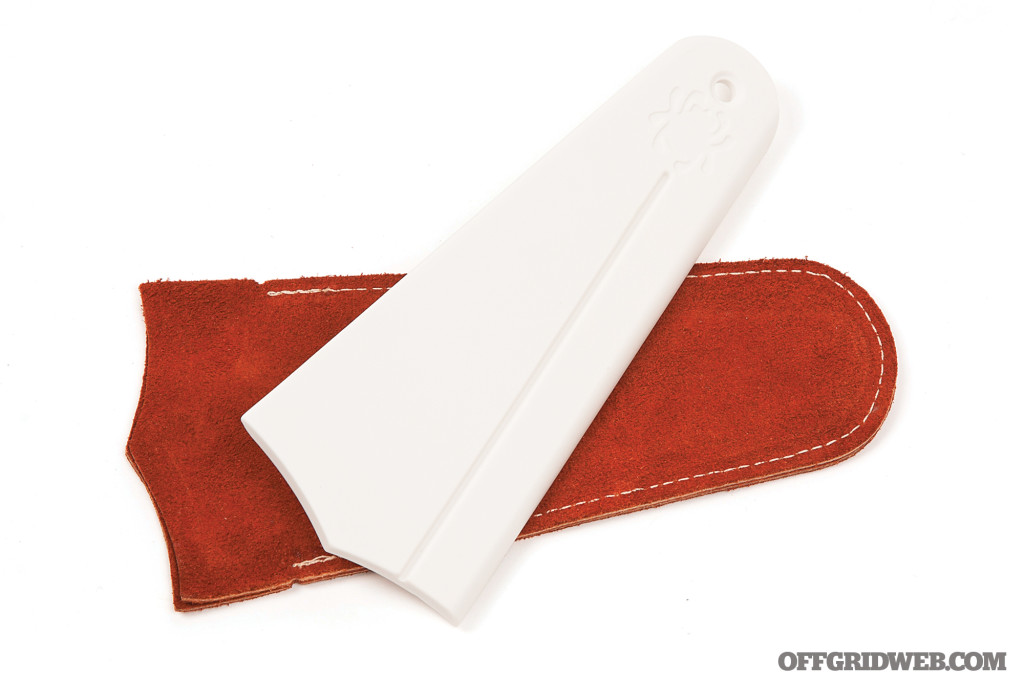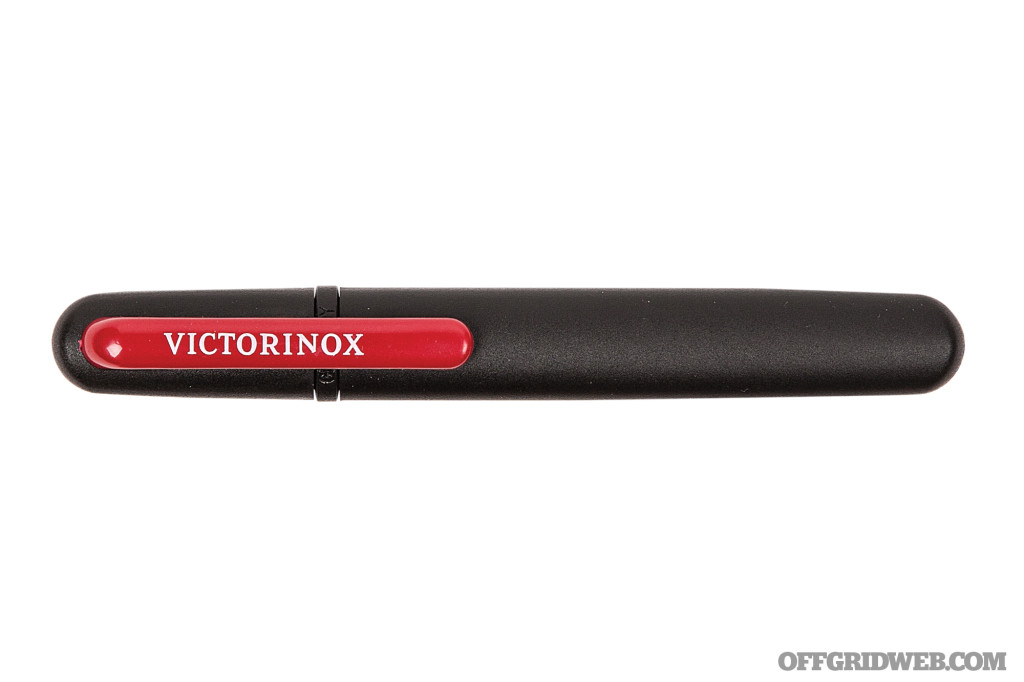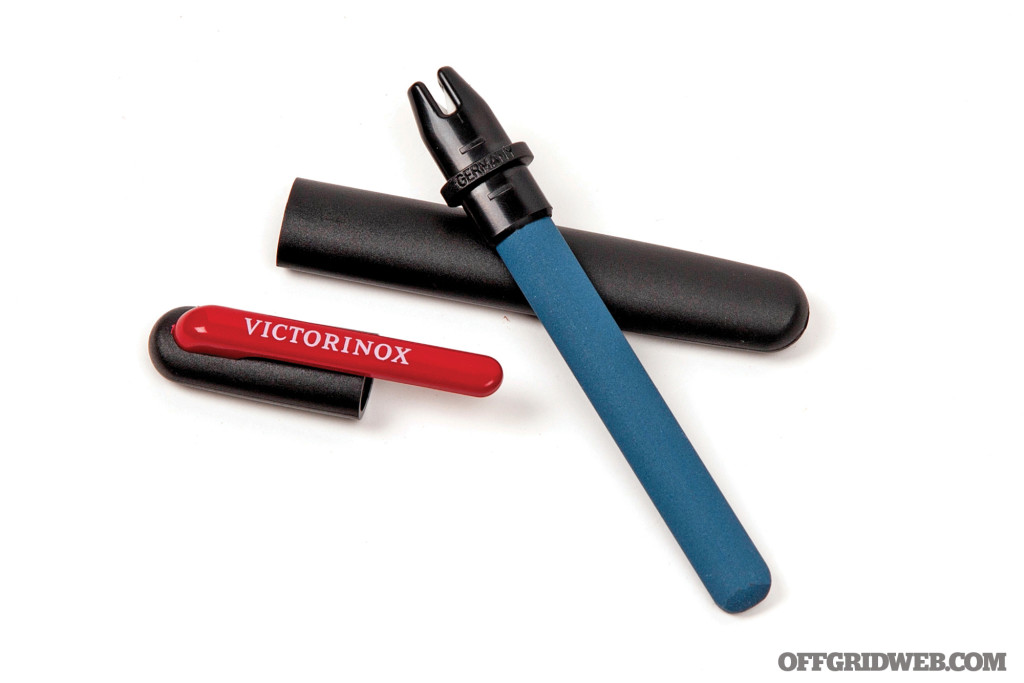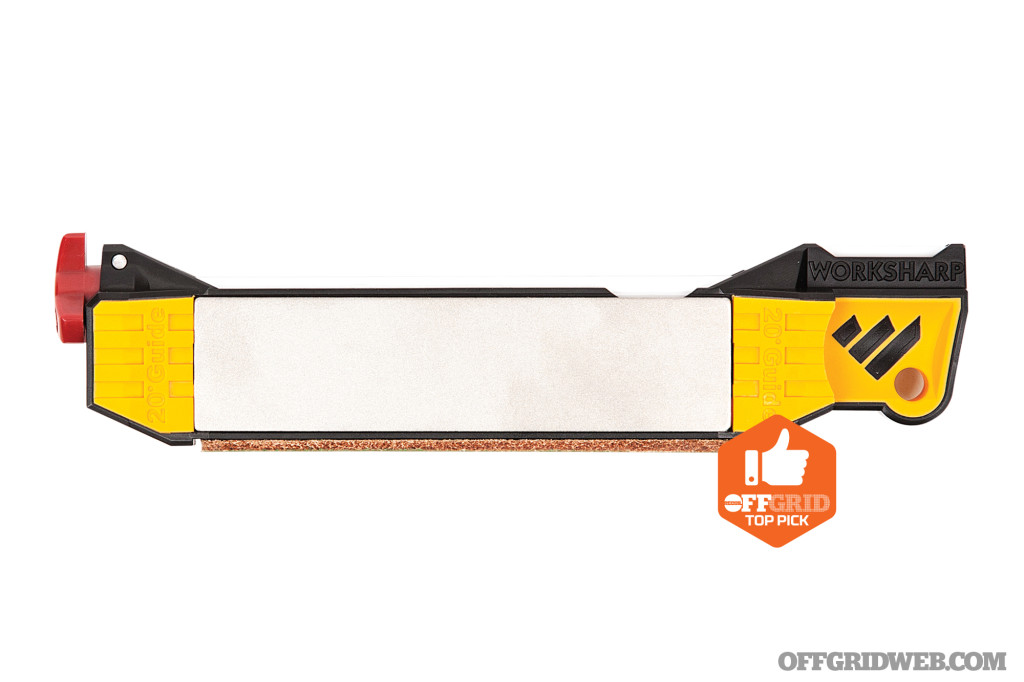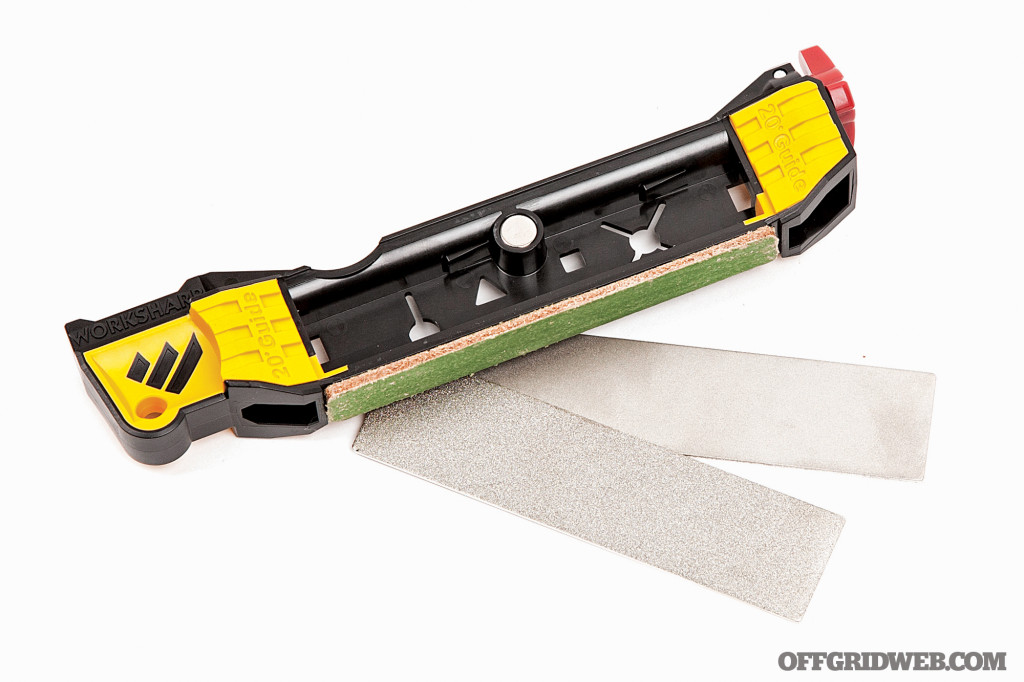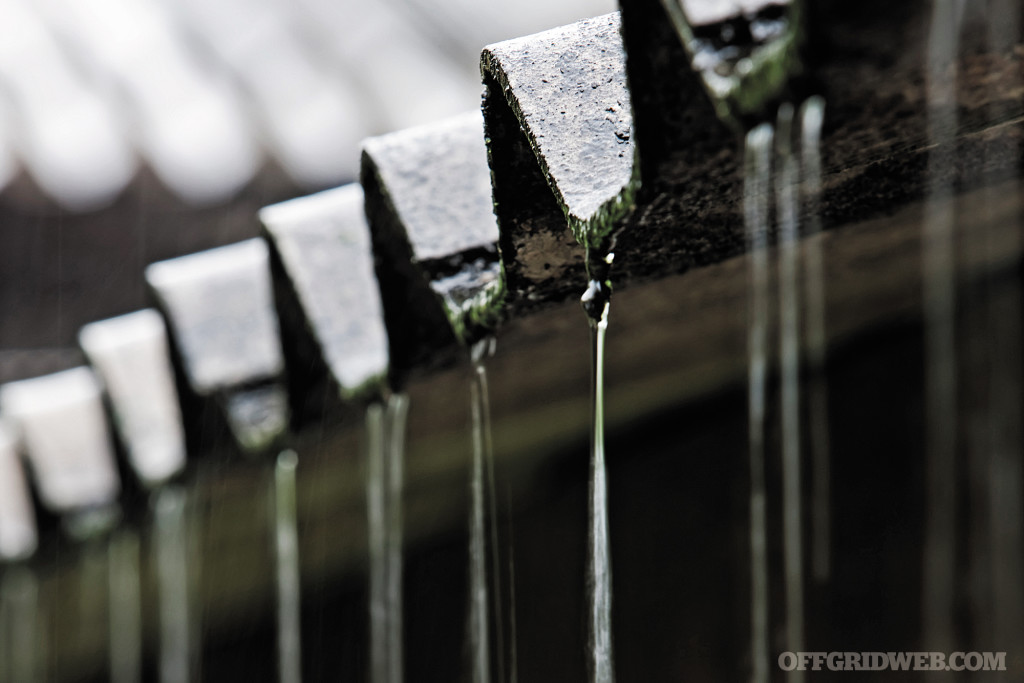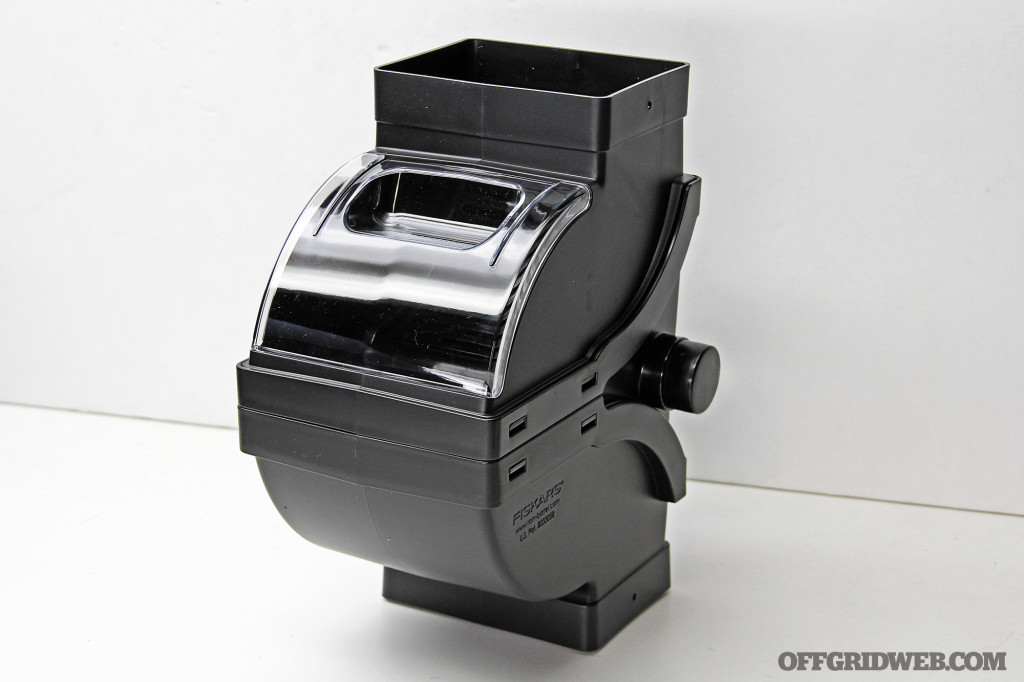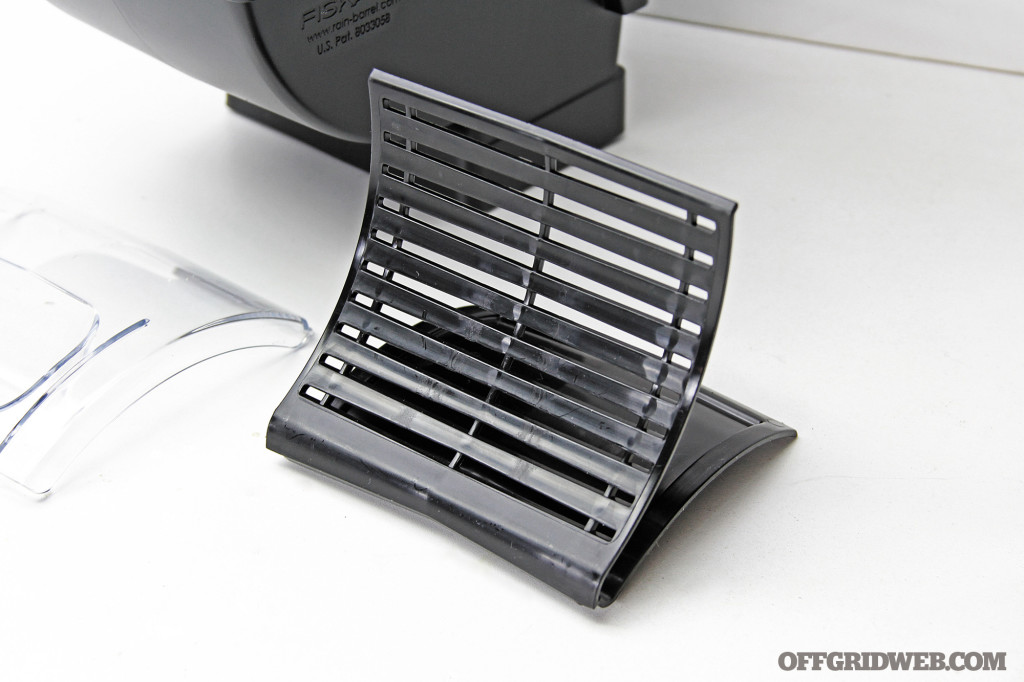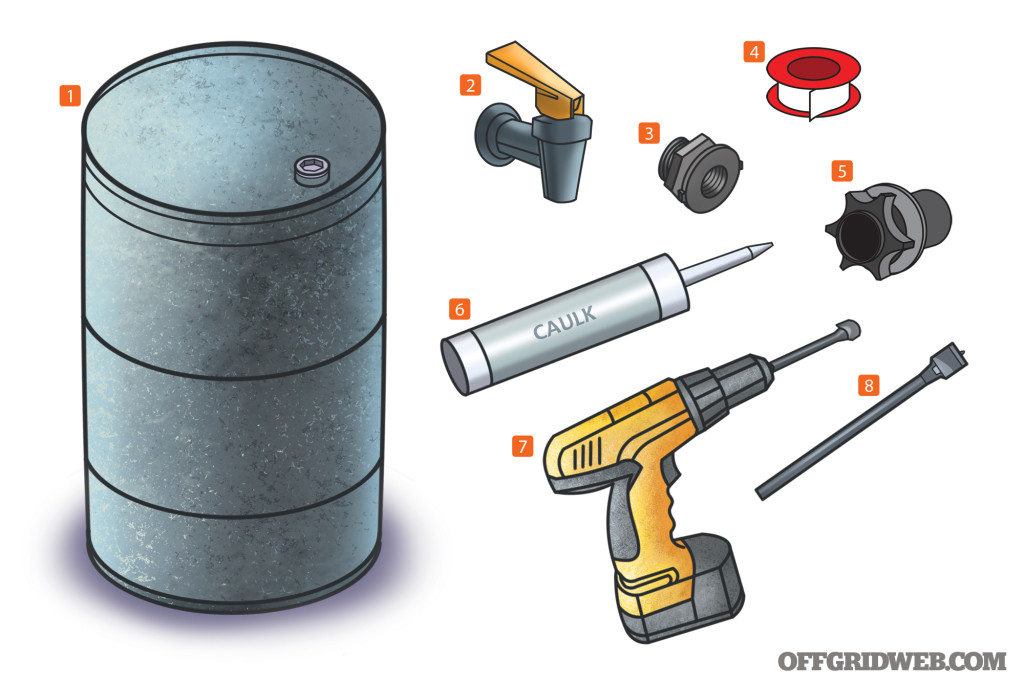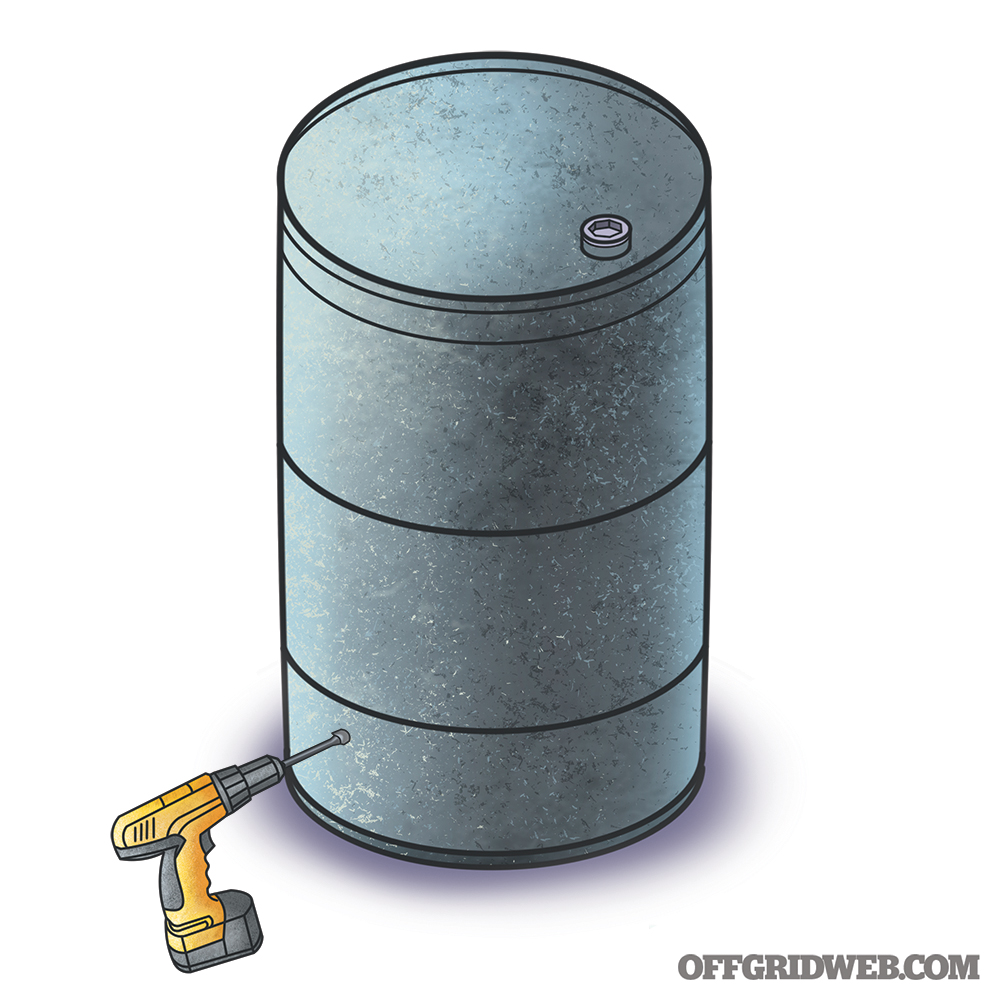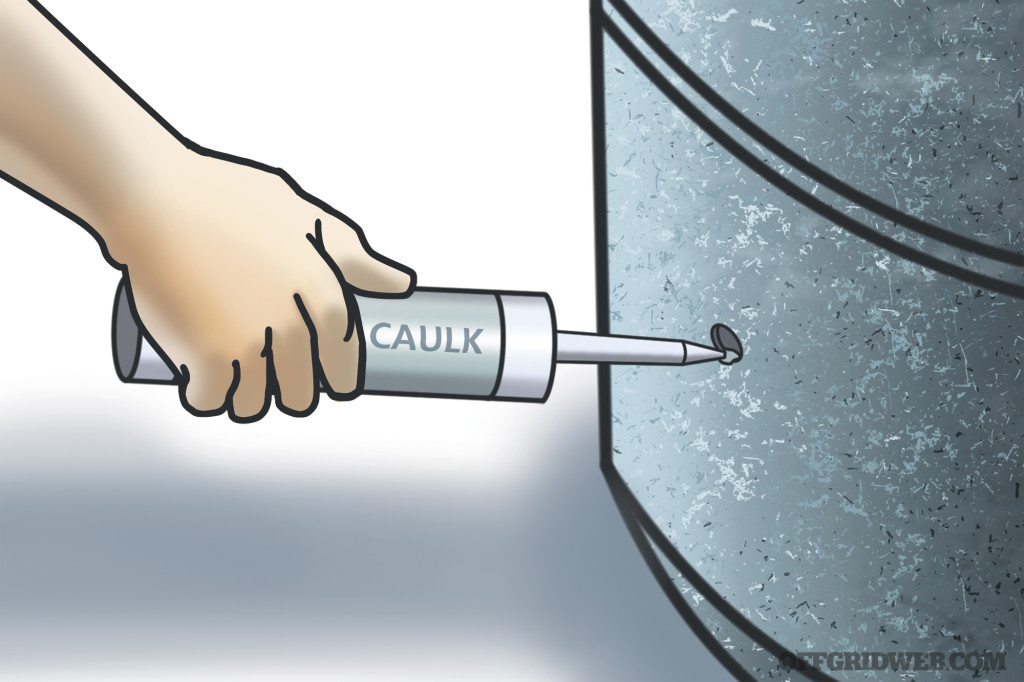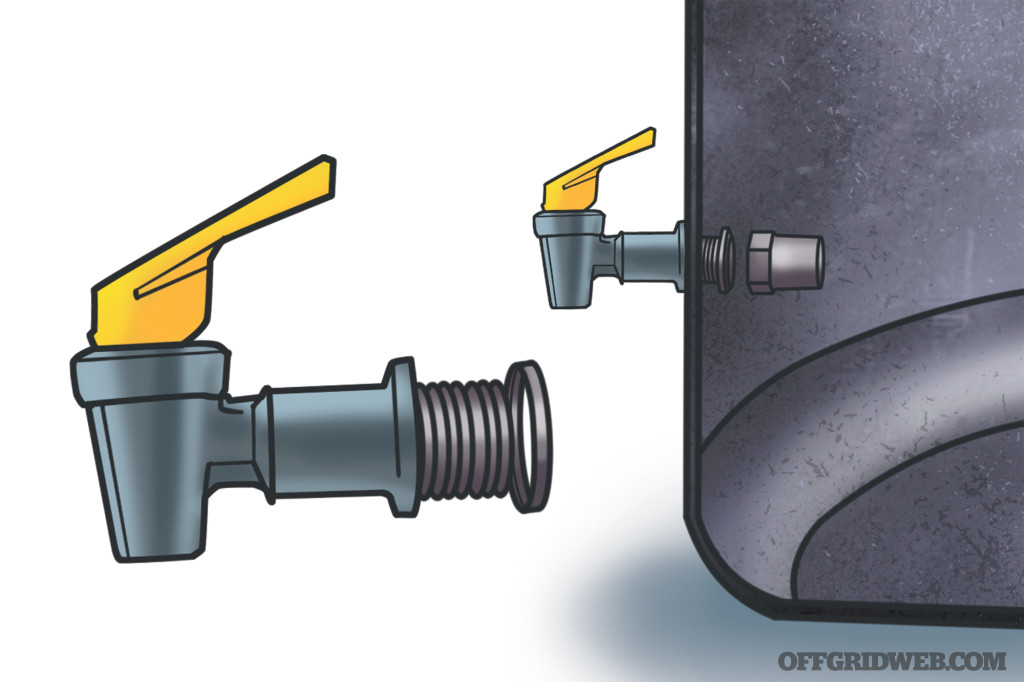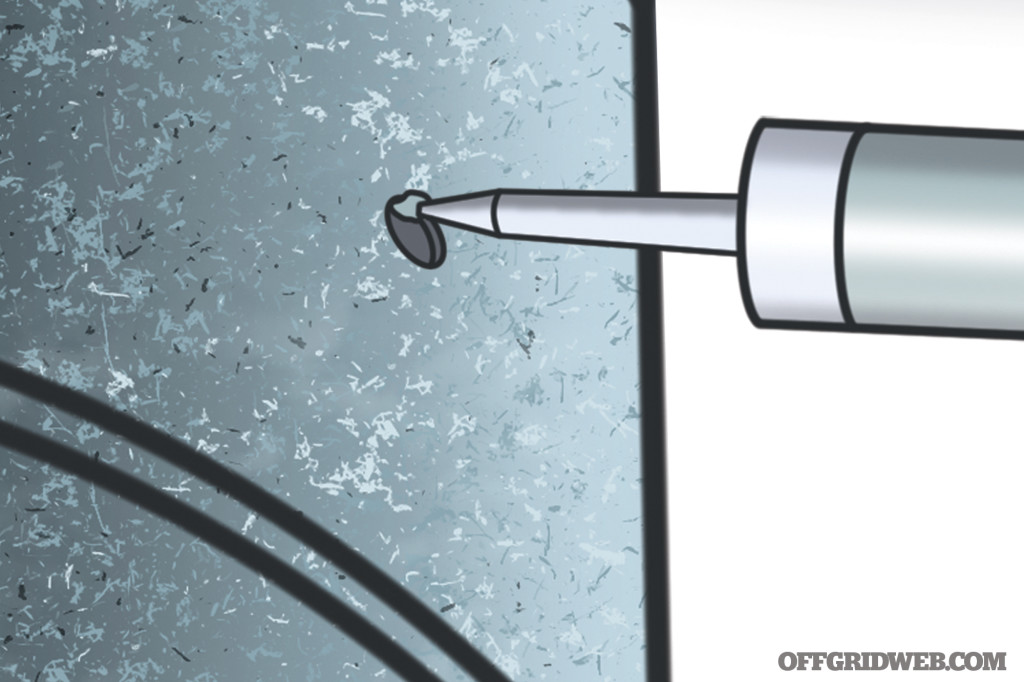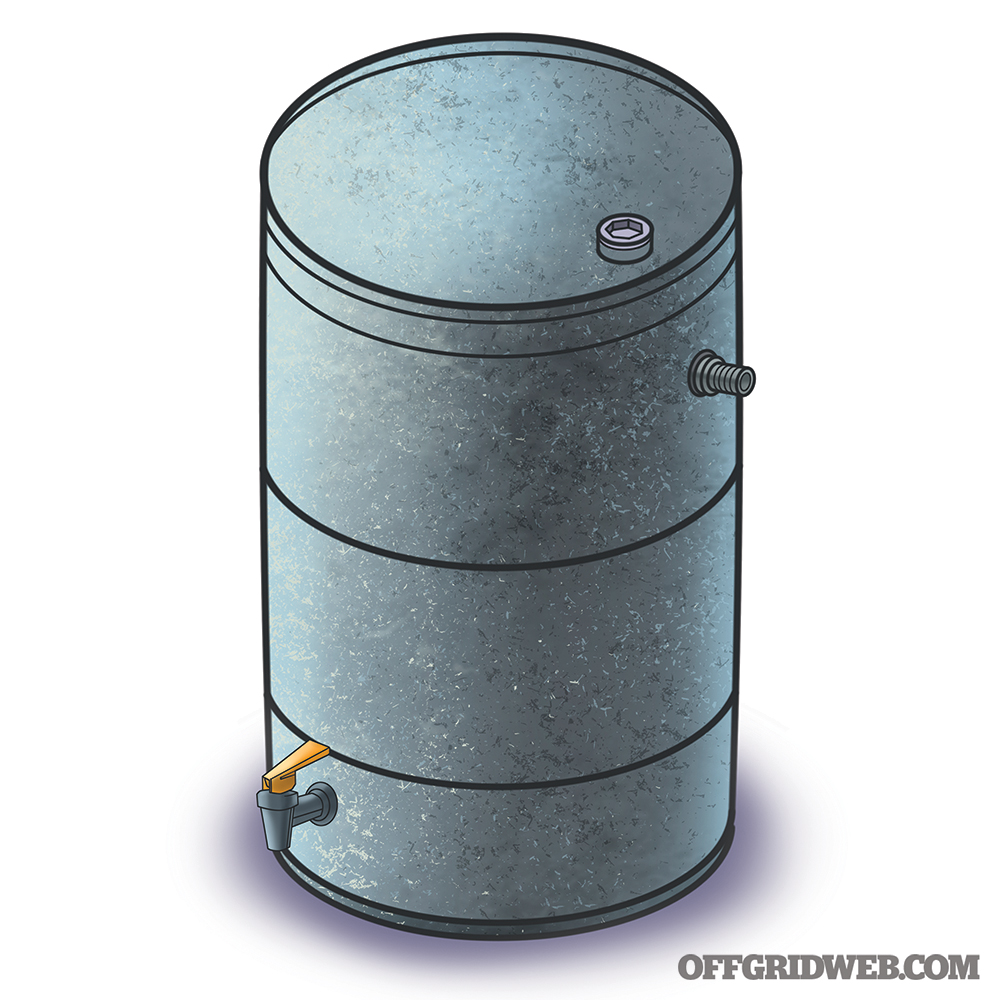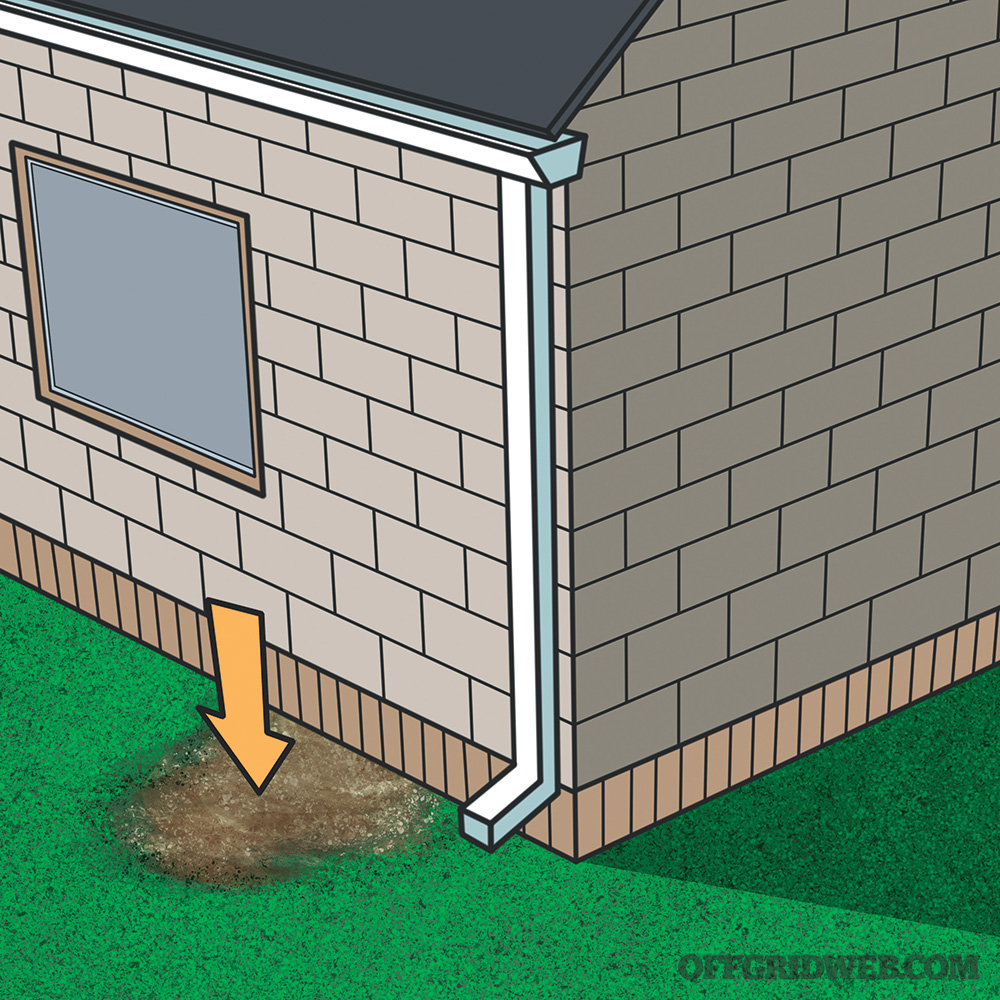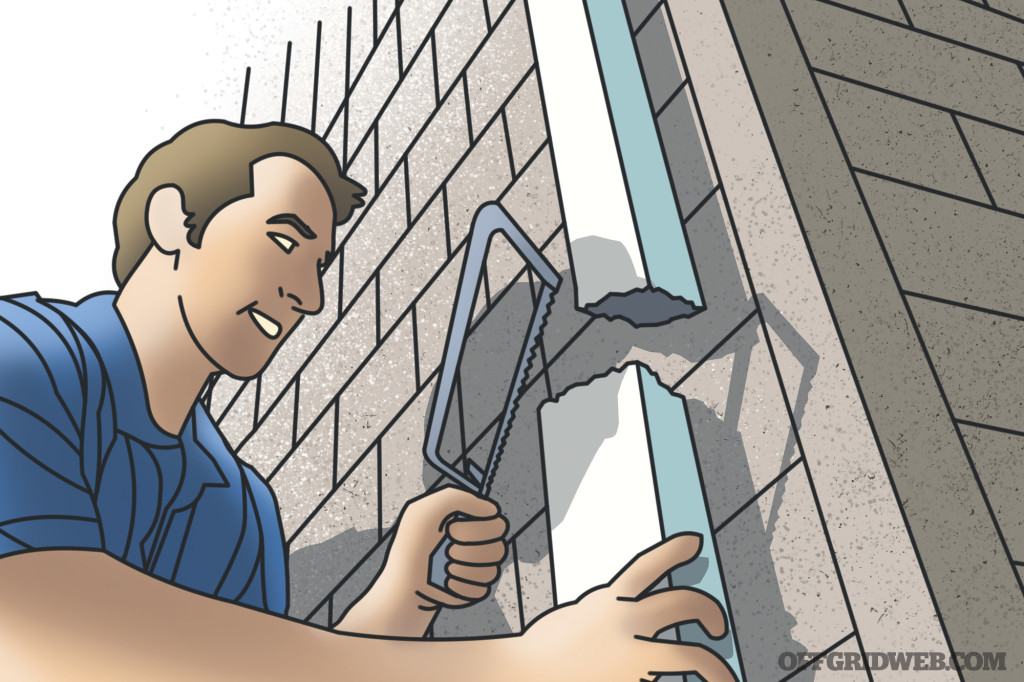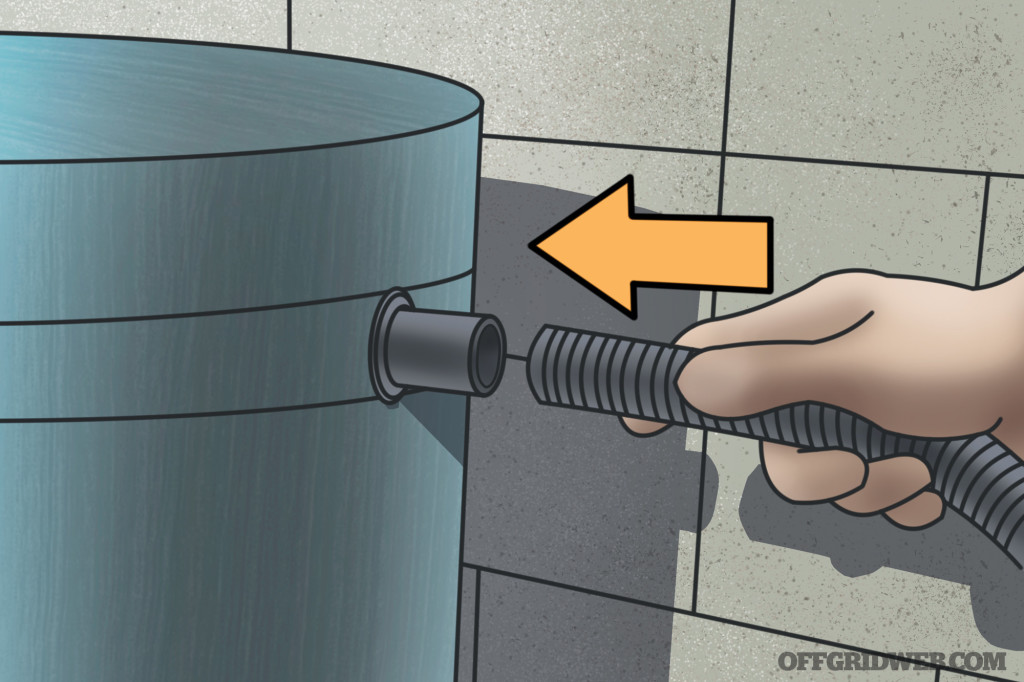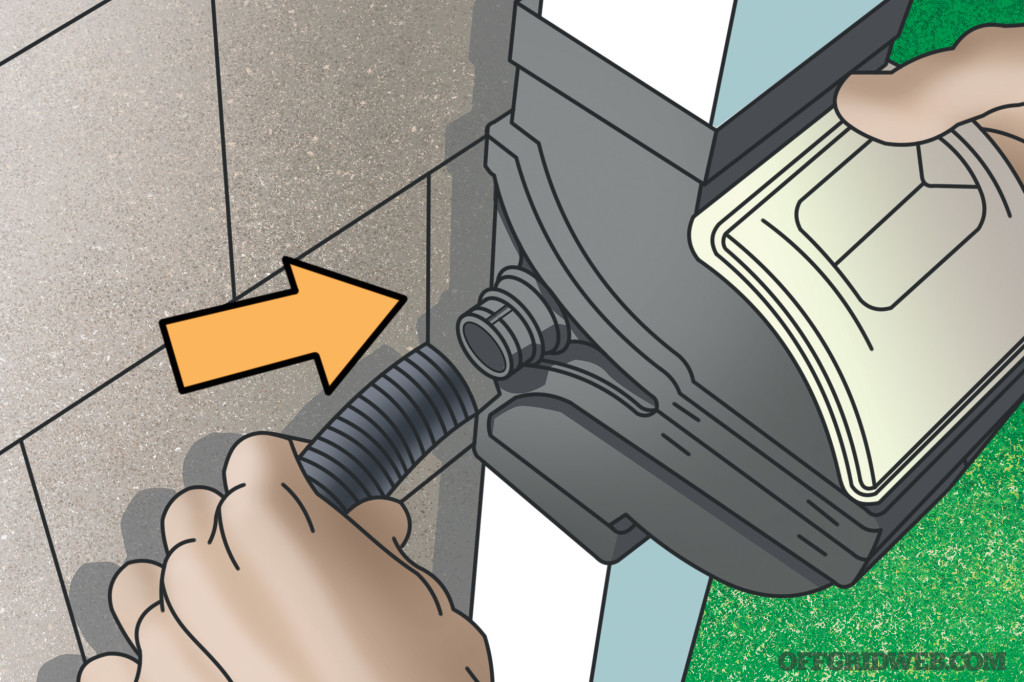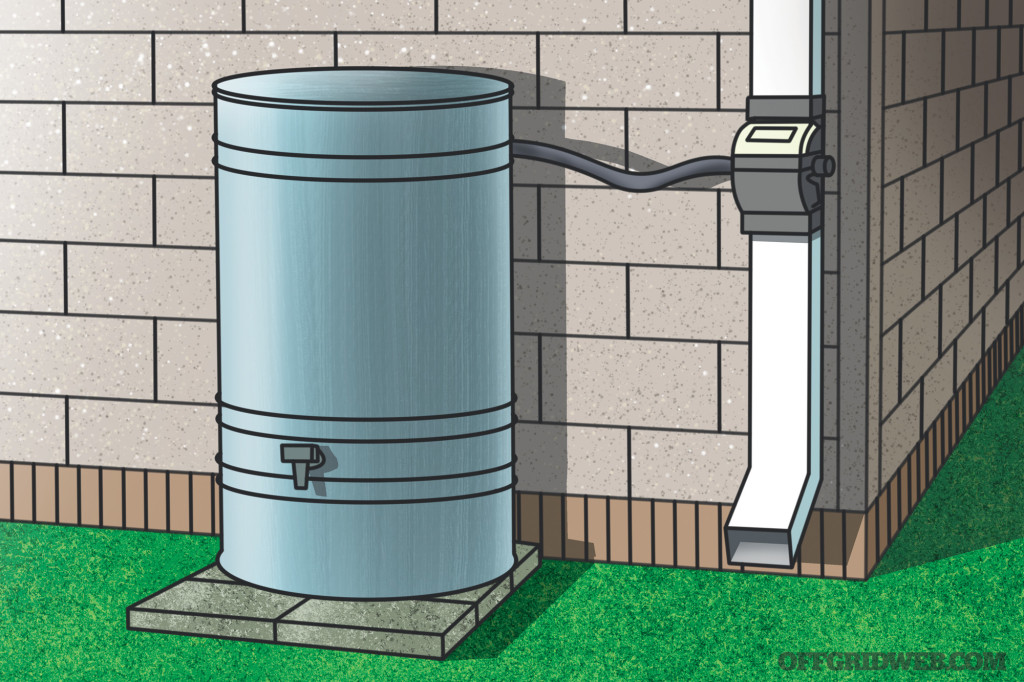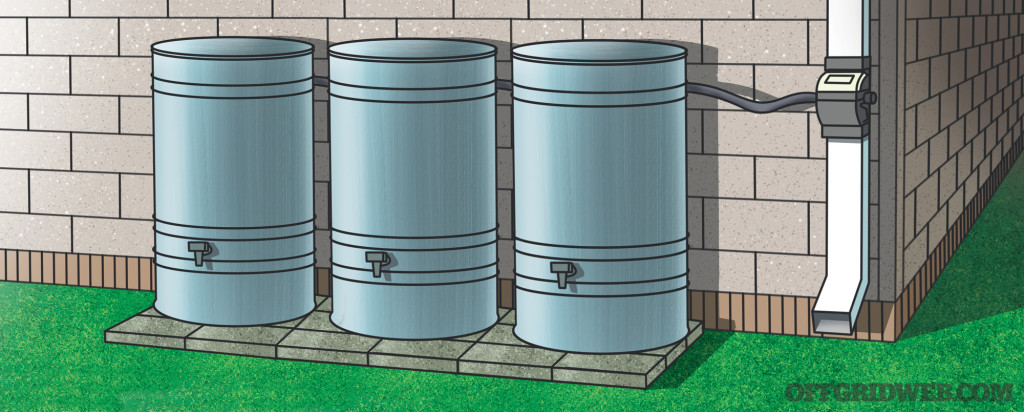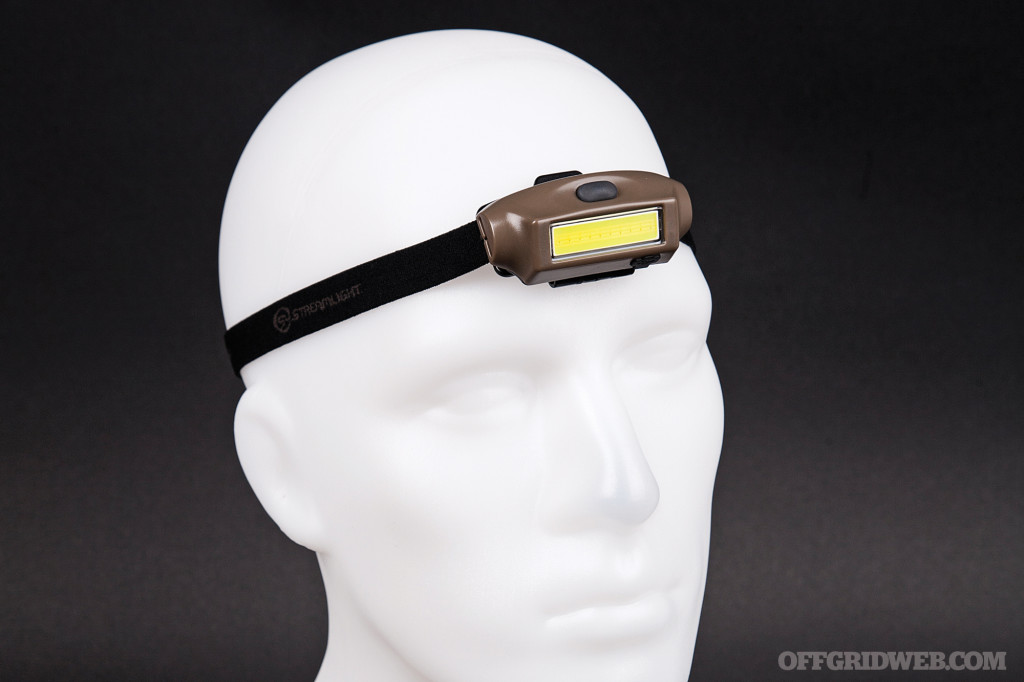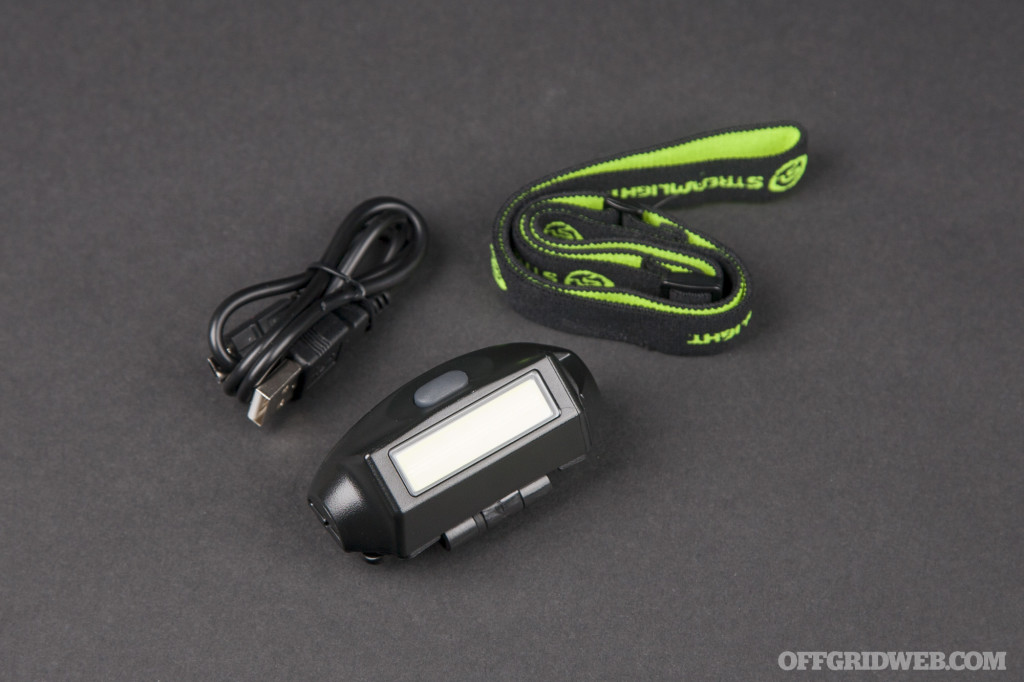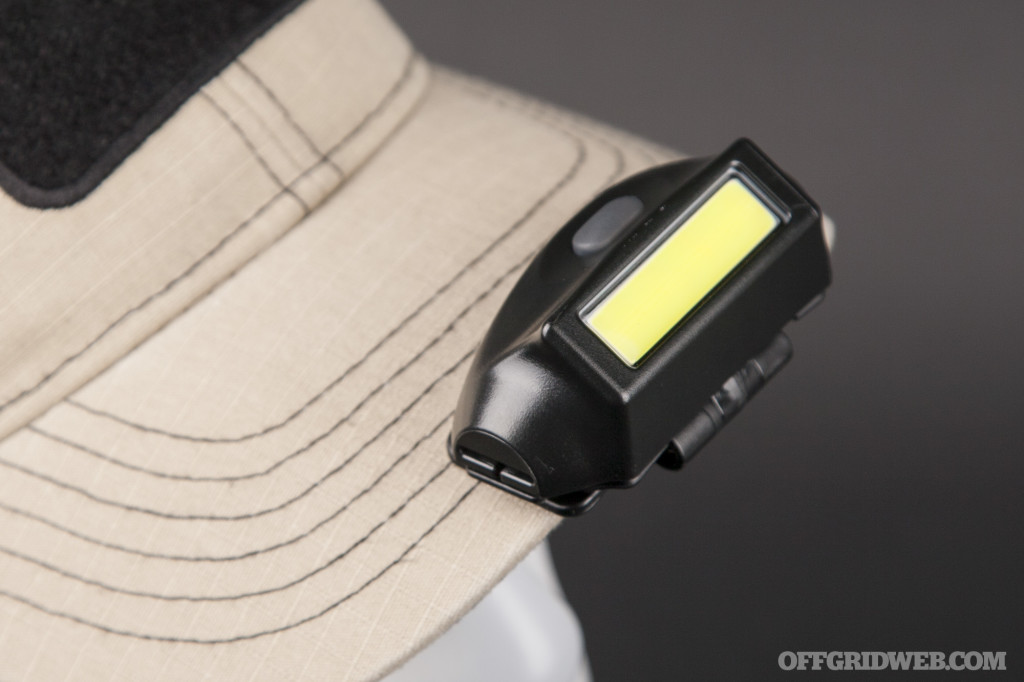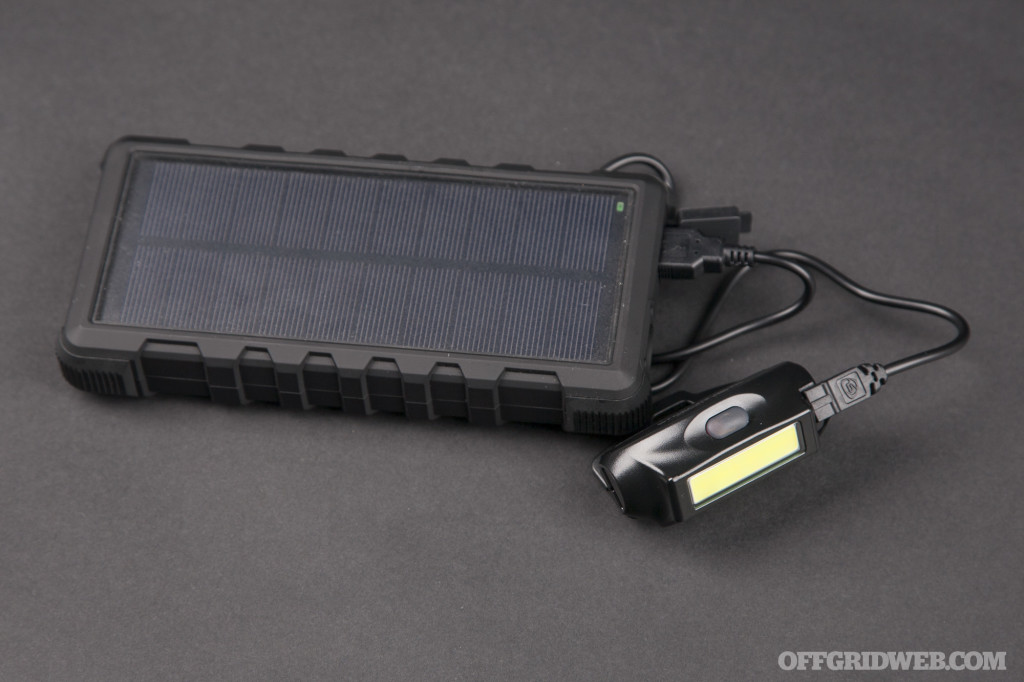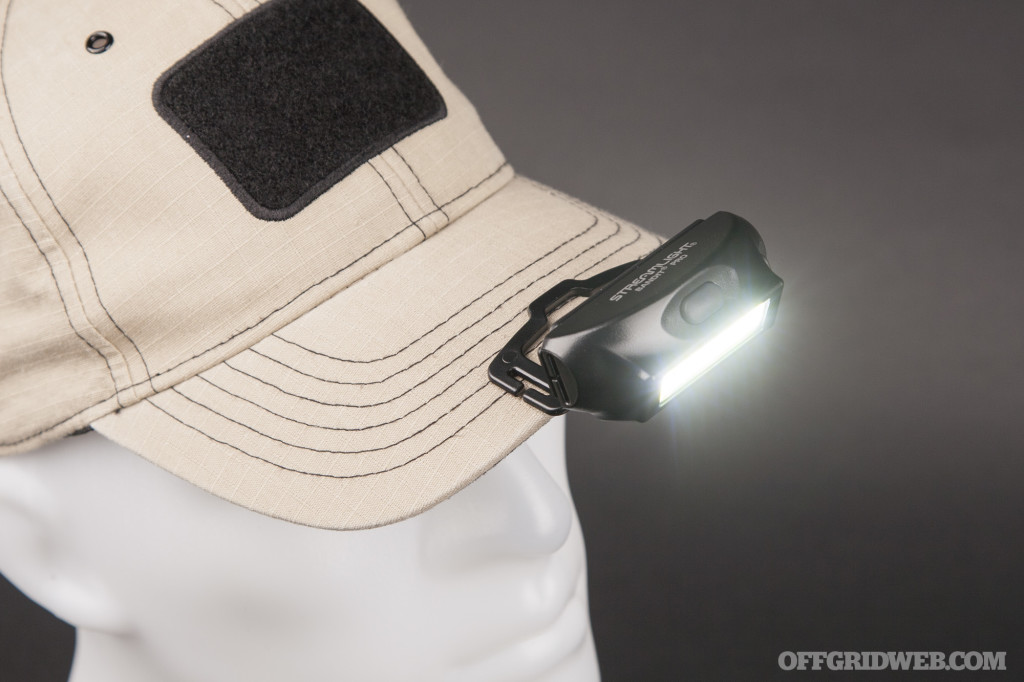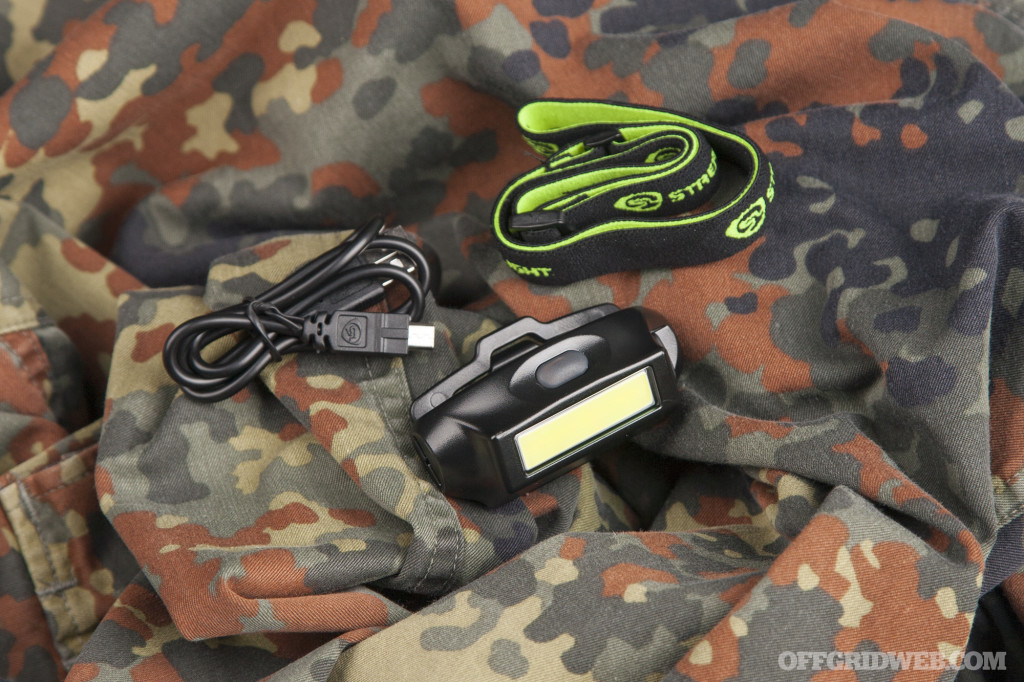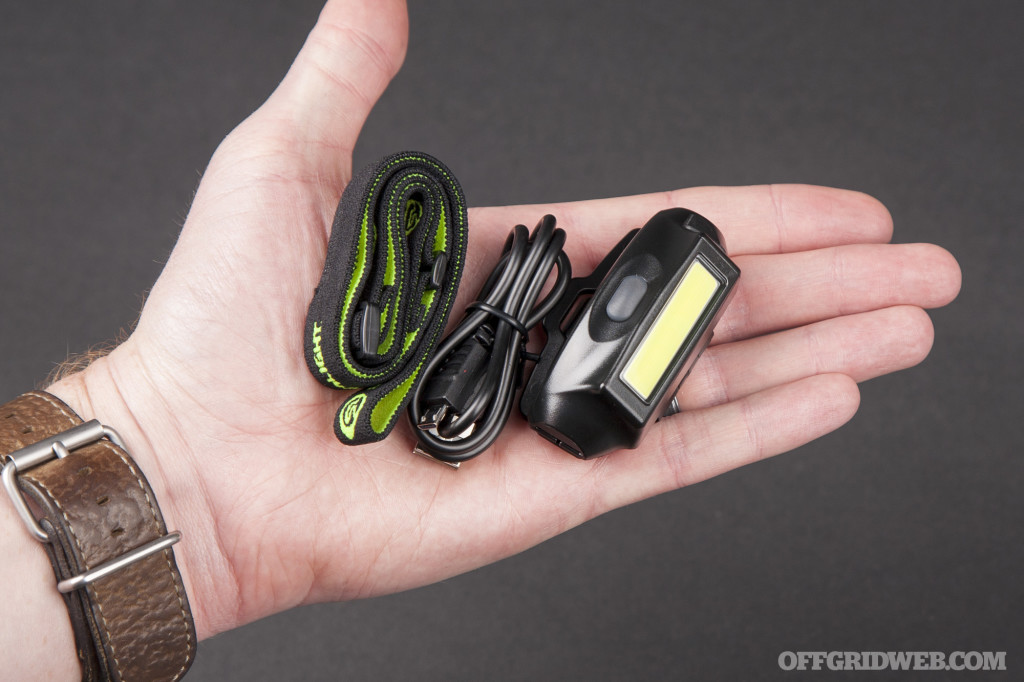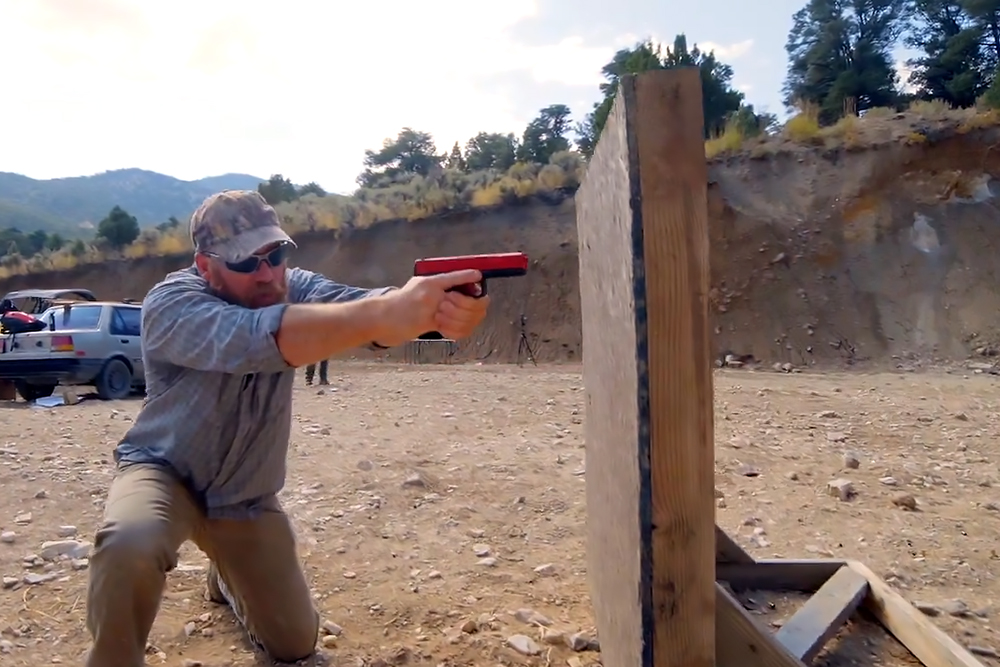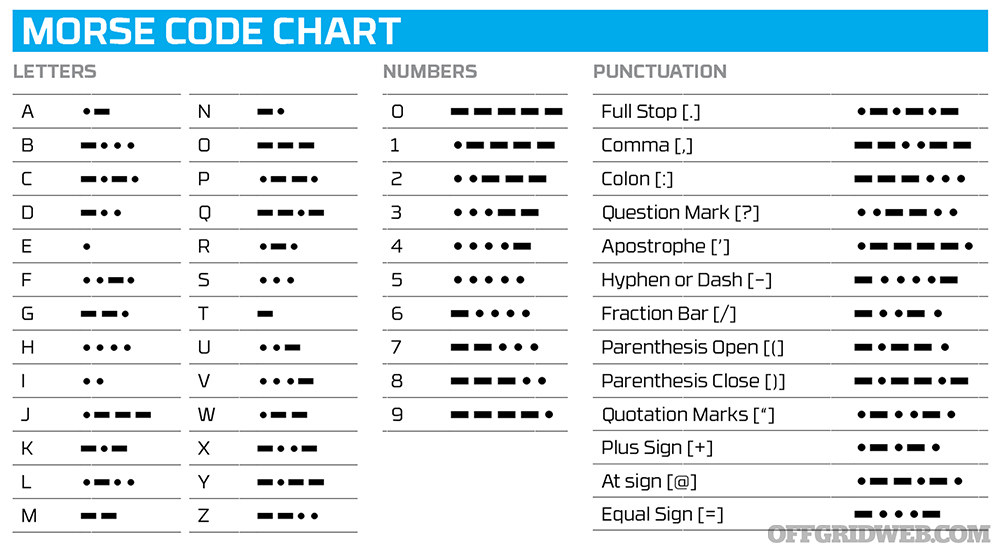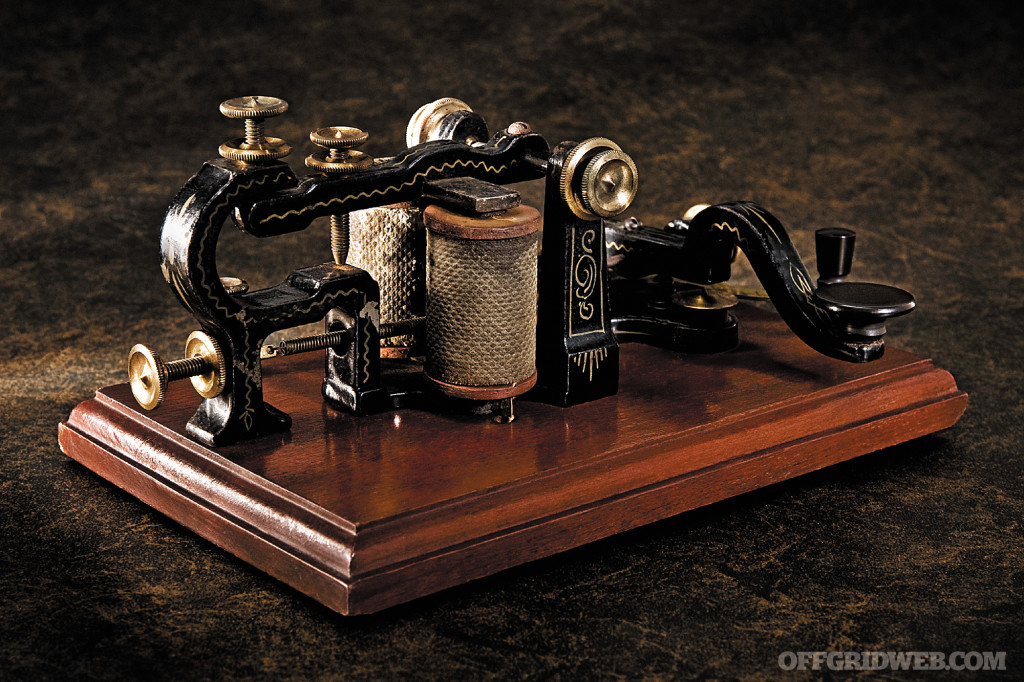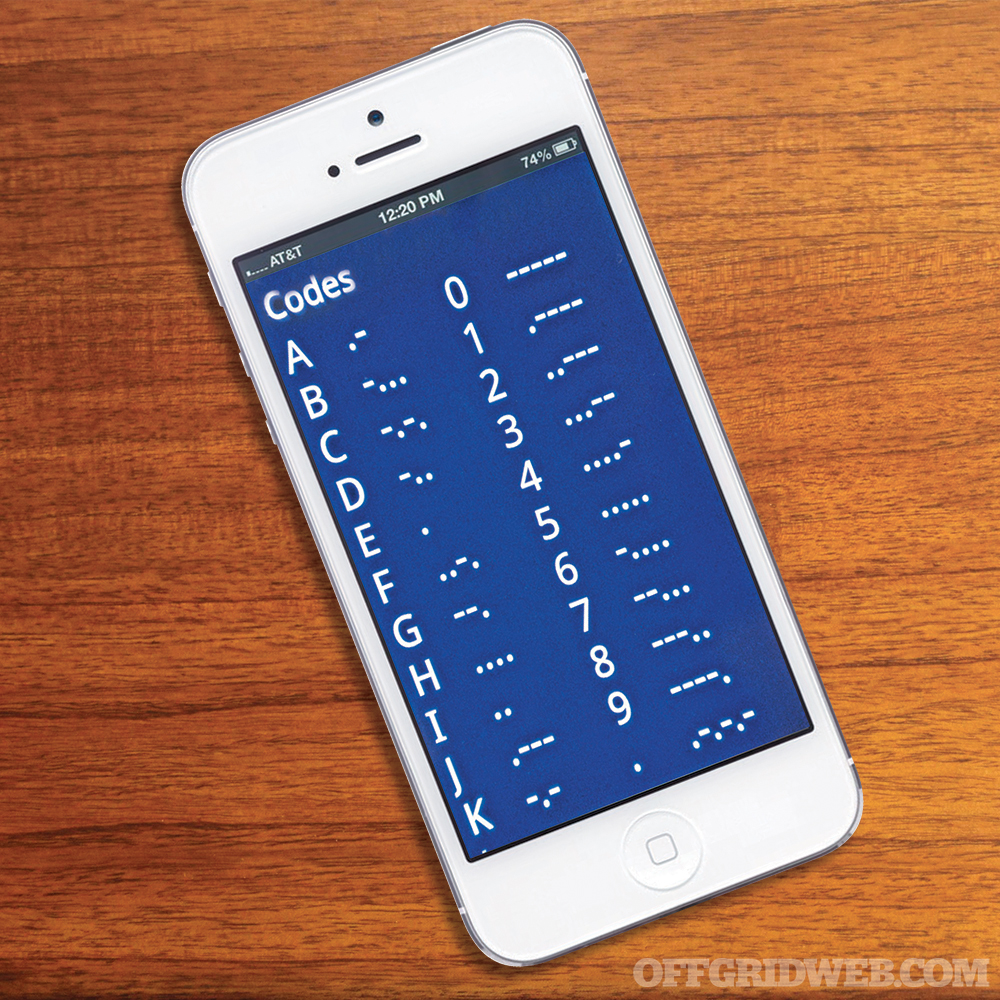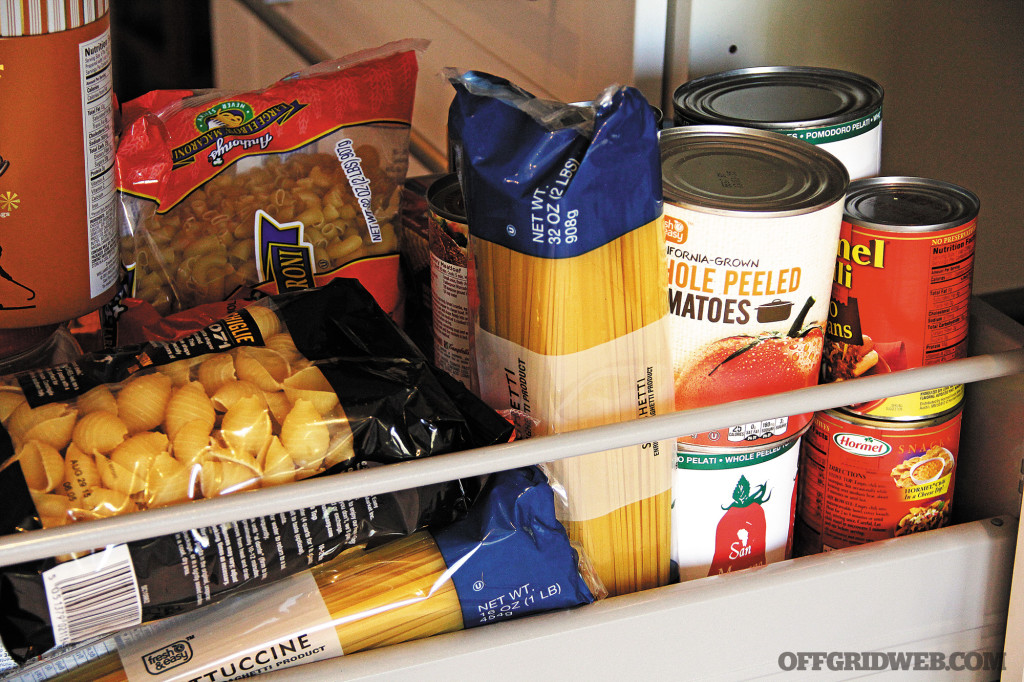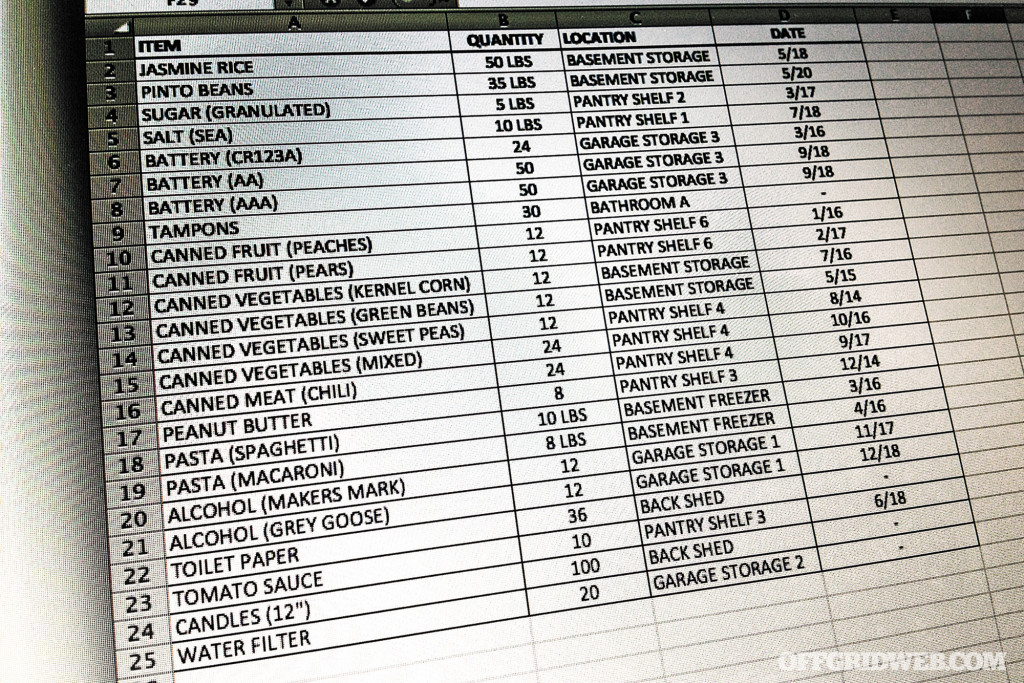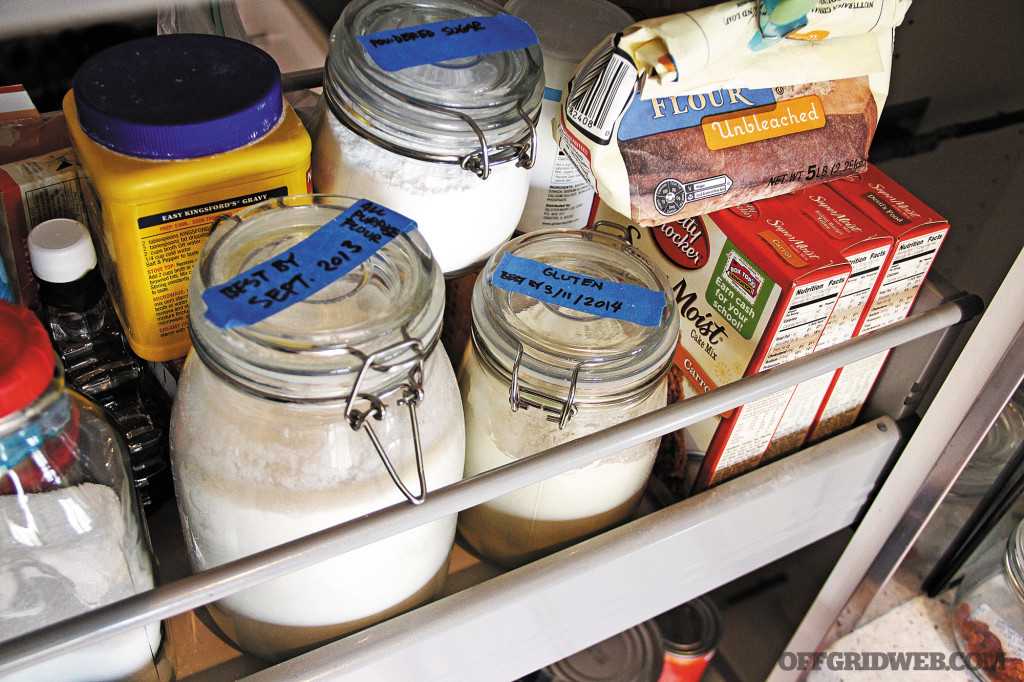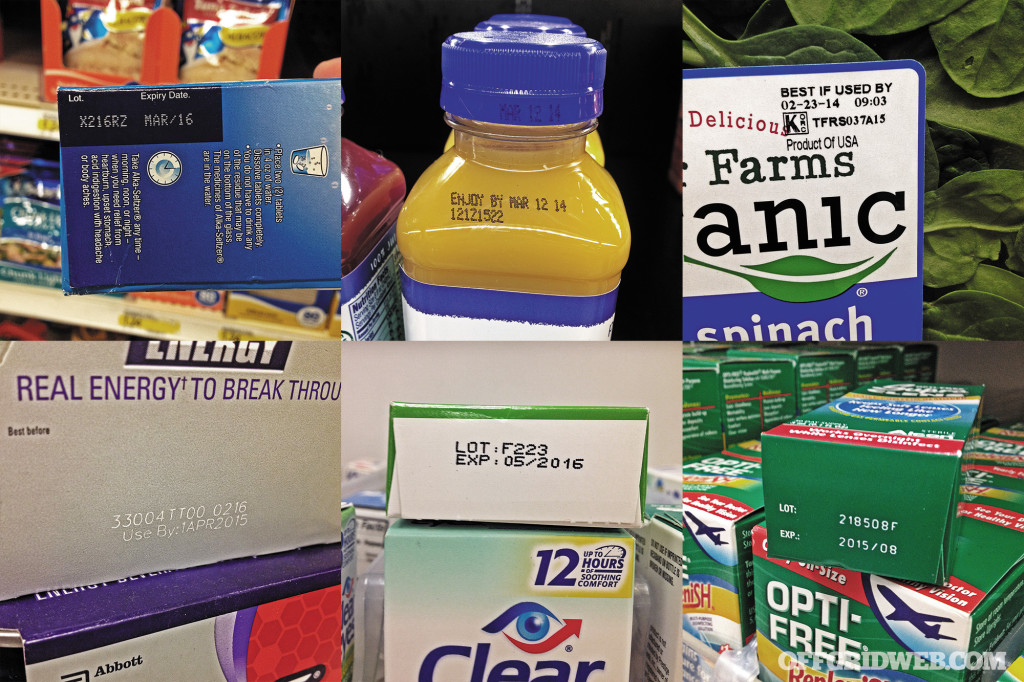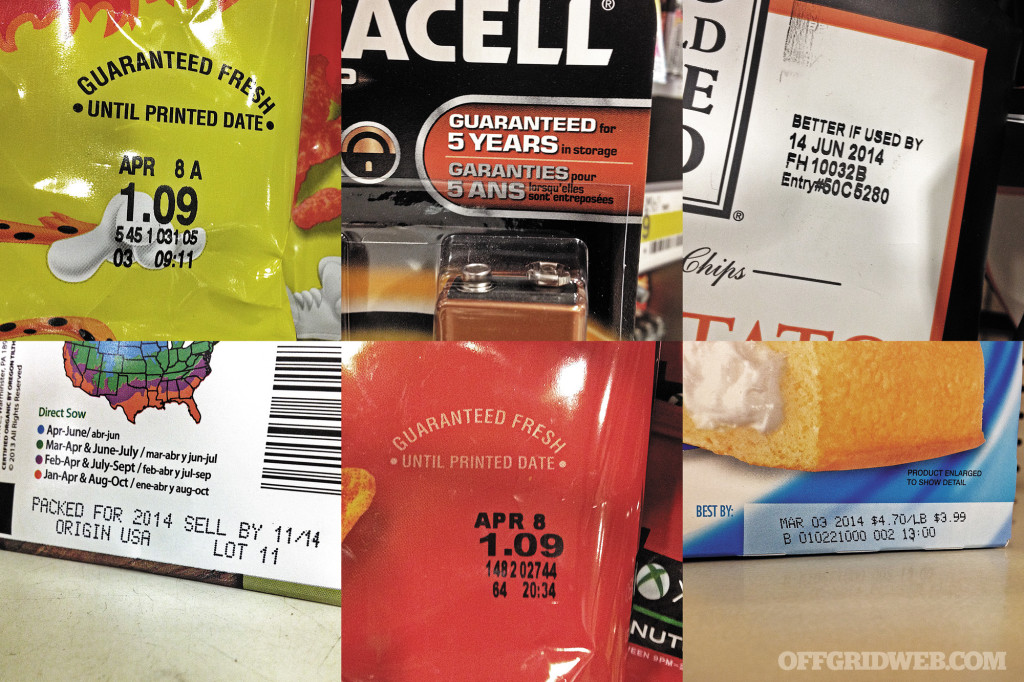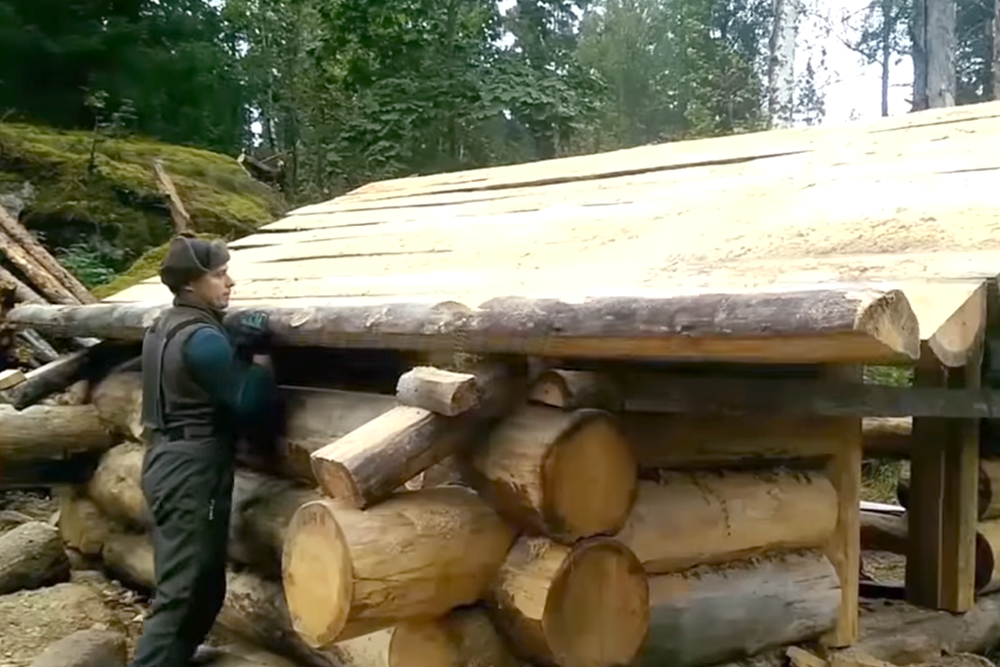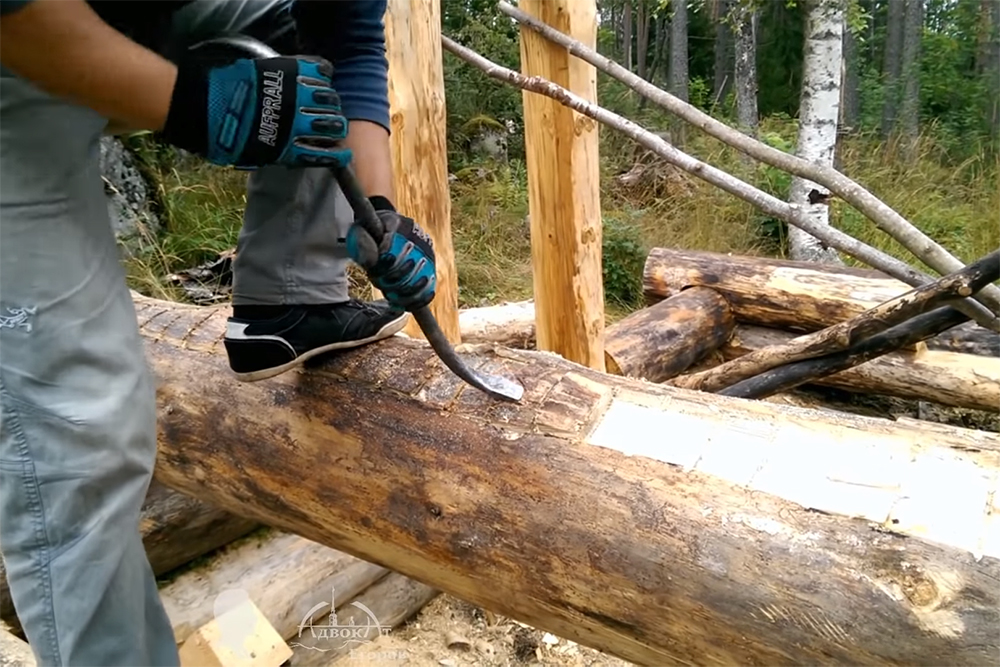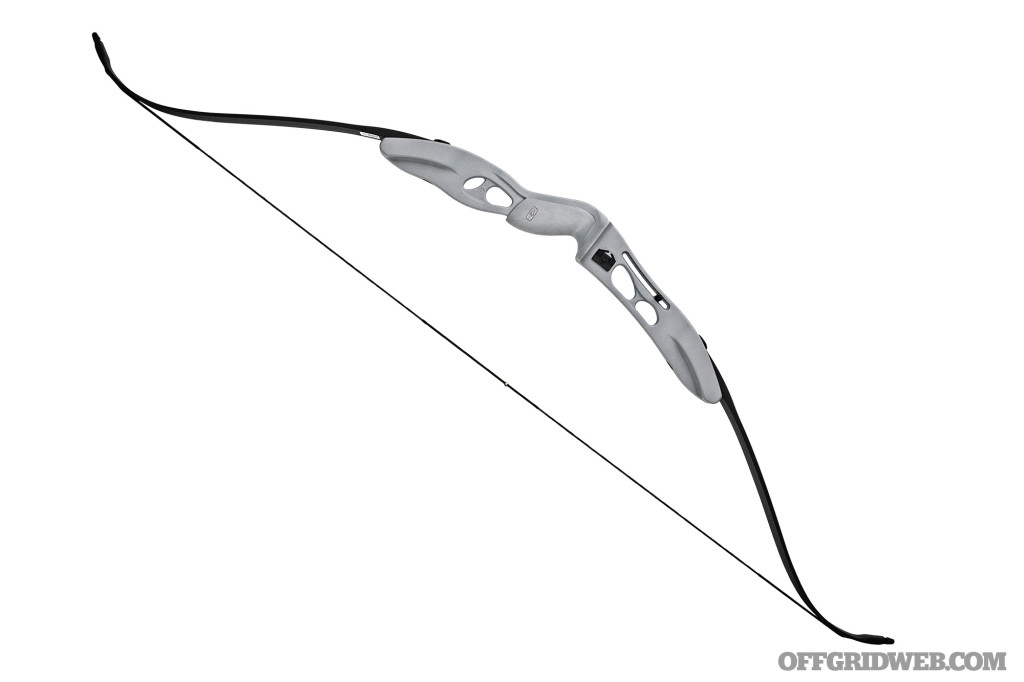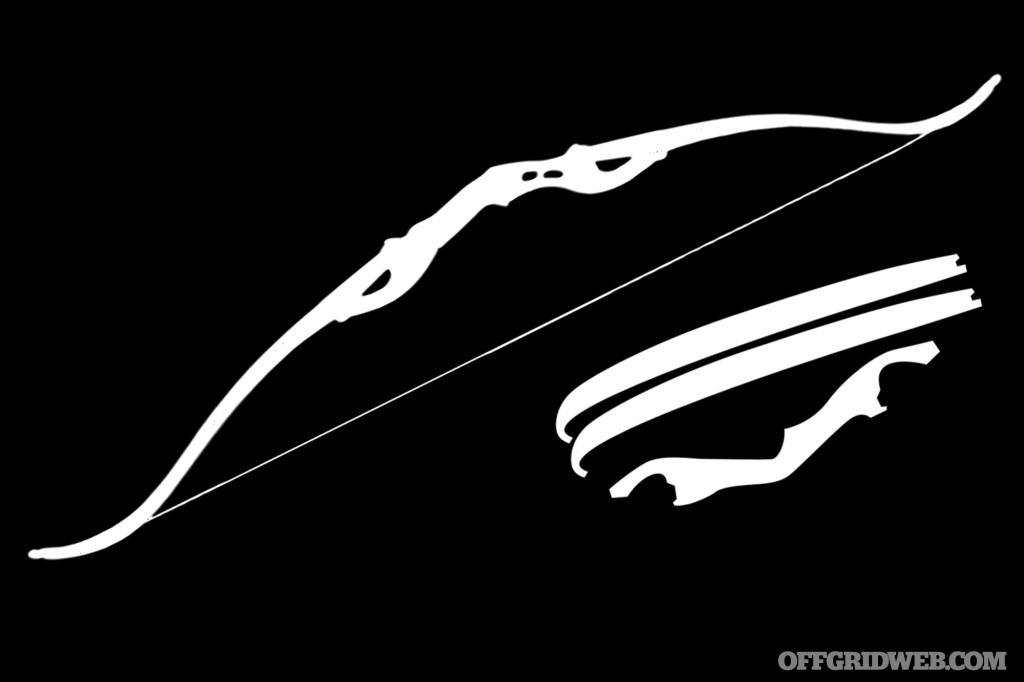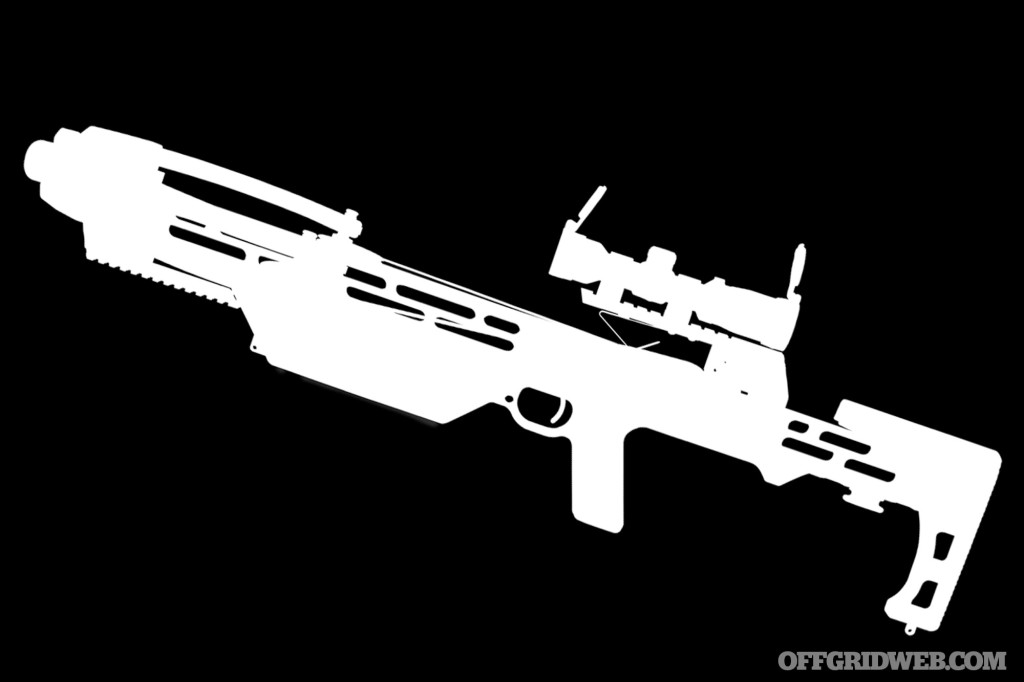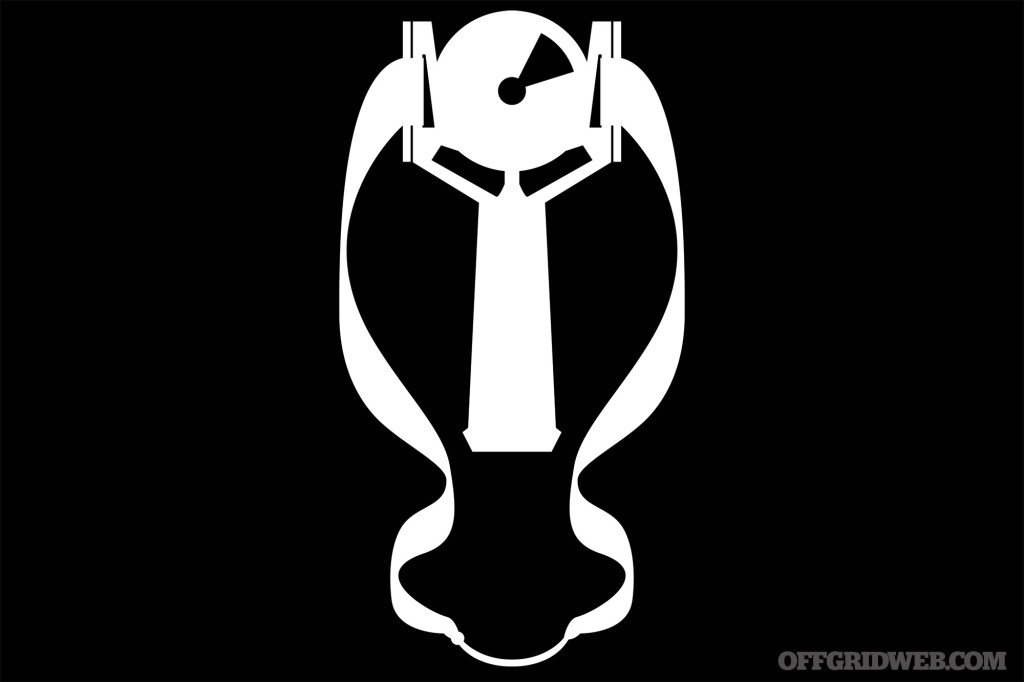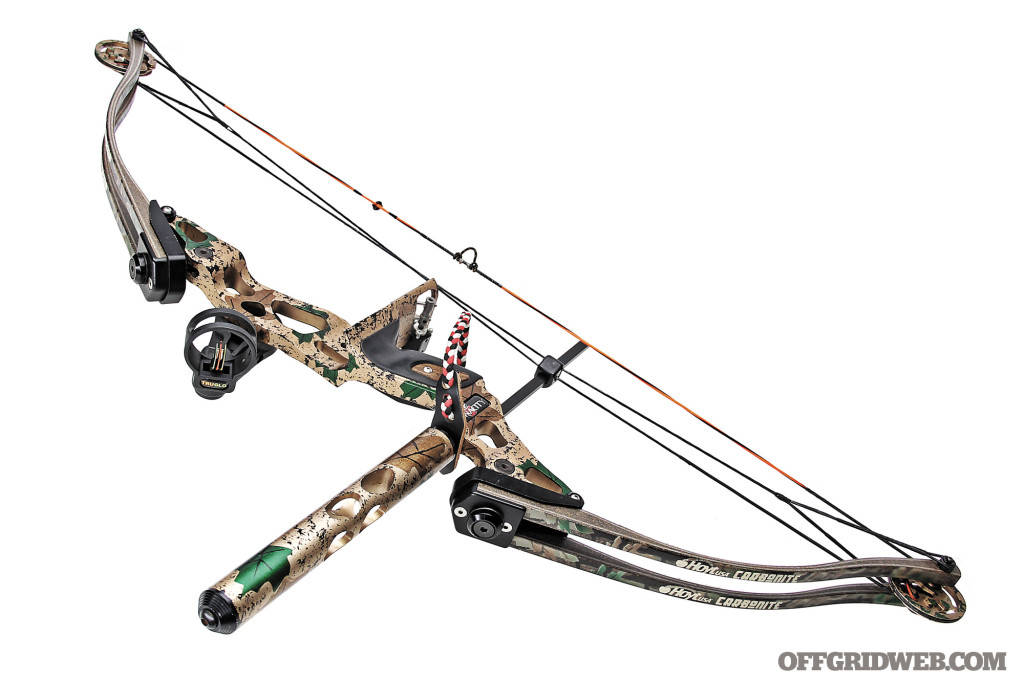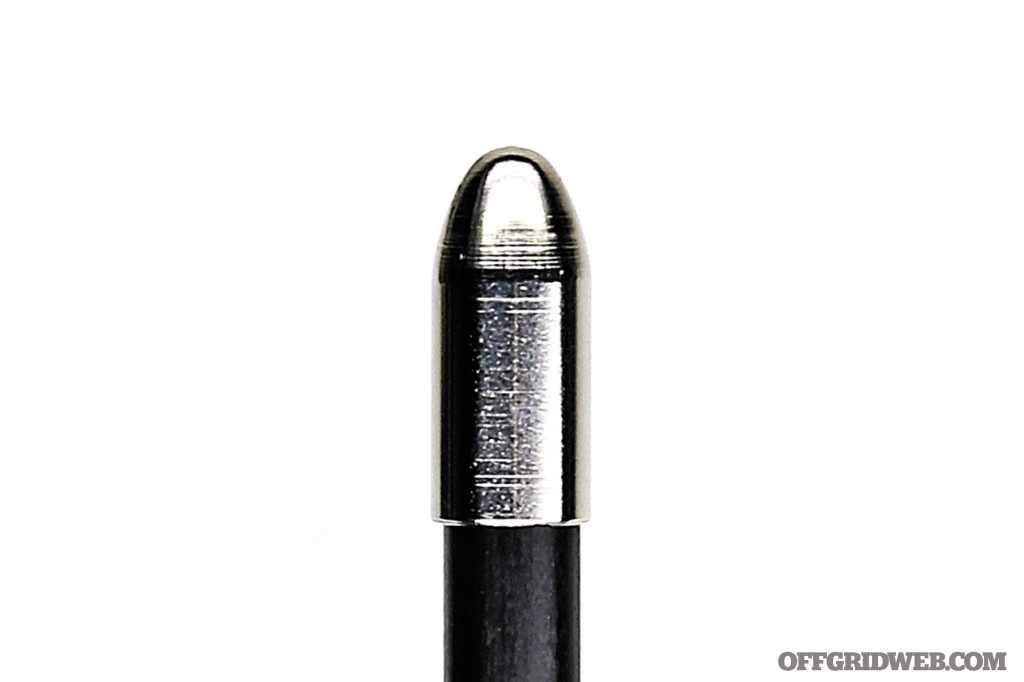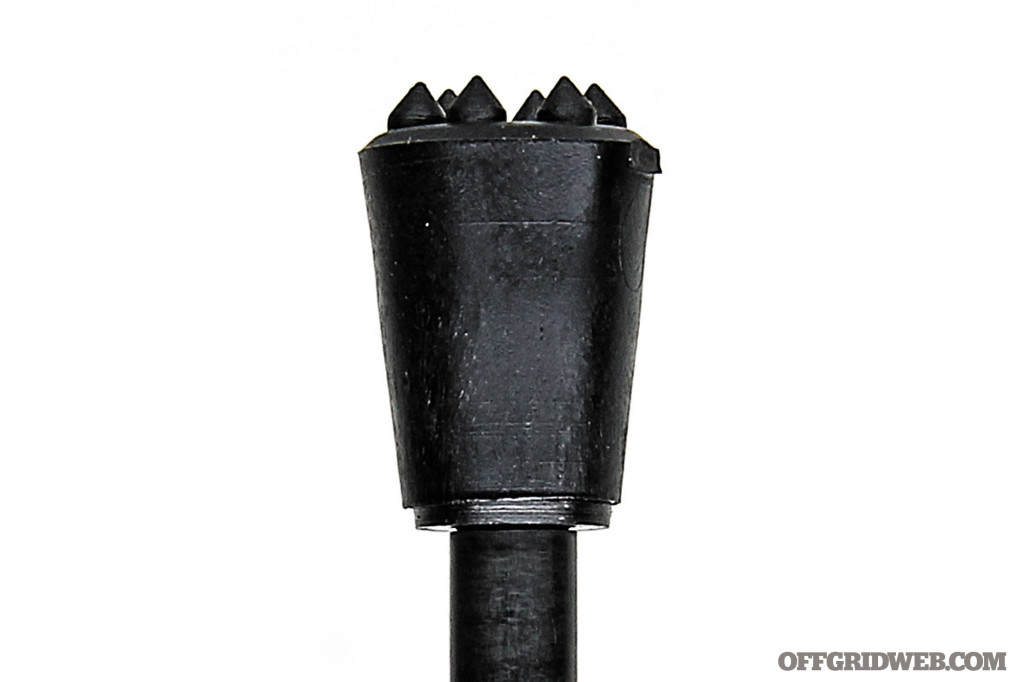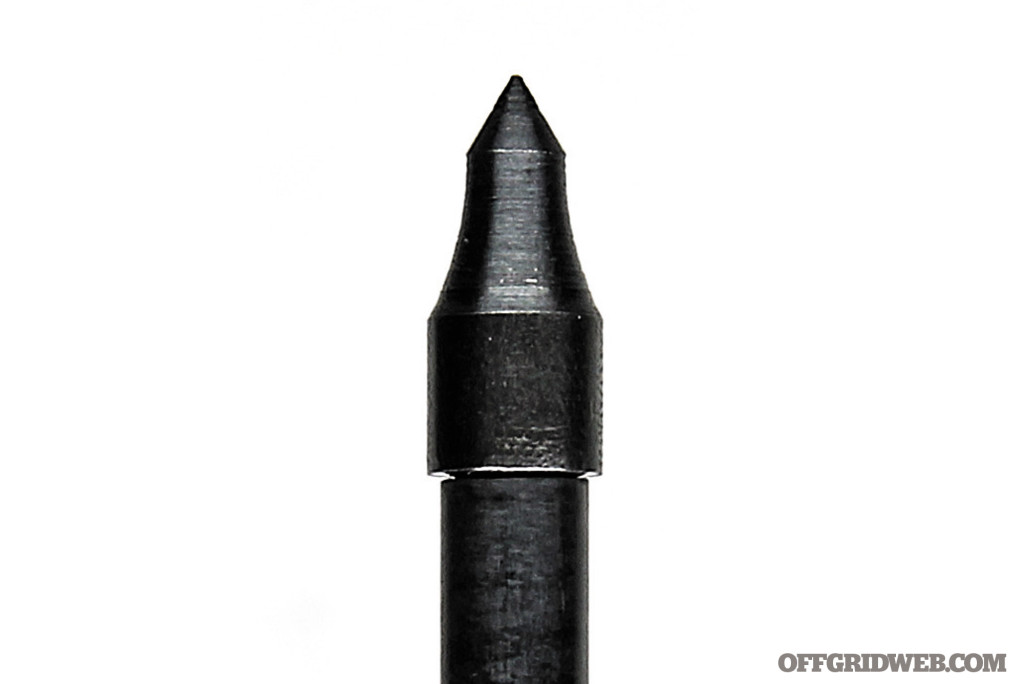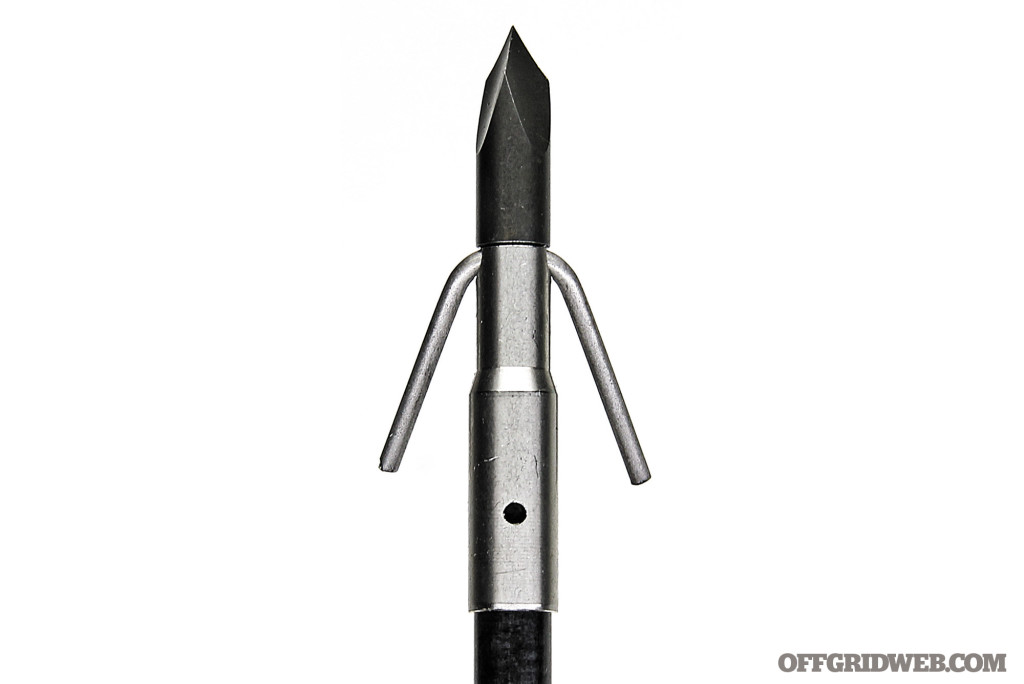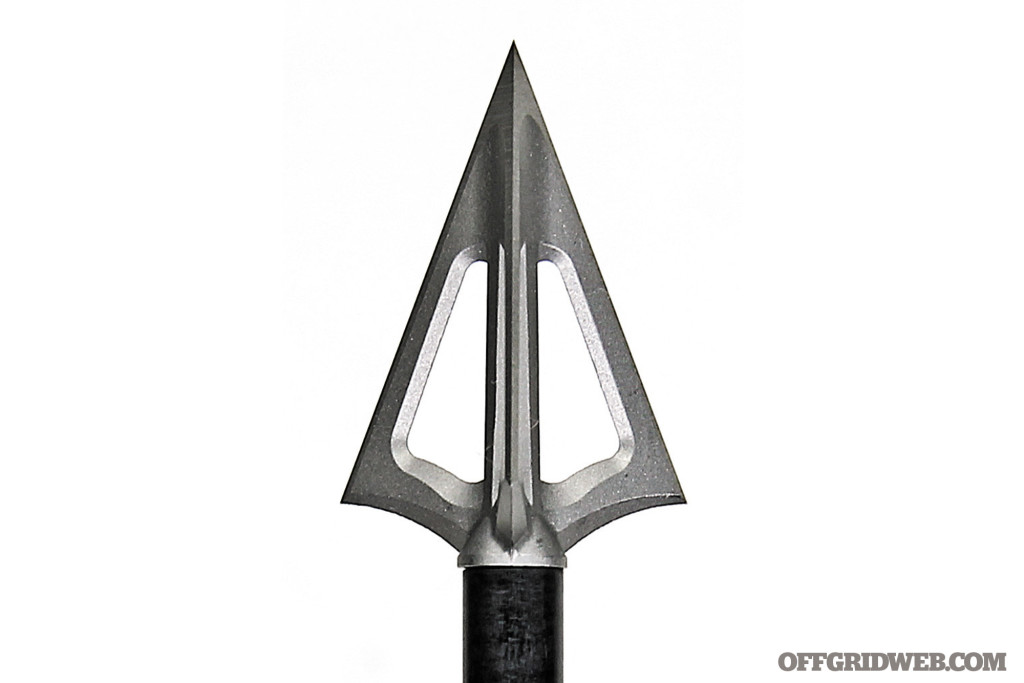This article originally appeared in Issue 3 of our magazine.
Don’t let the hyped-up doomsday television shows fool you. You don’t need to have a bunker full of olive drab-colored gear crates and radiation-proof water barrels to consider yourself wealthy in the realm of survival gear. To a creative and resourceful survivor, the average broom closet, kitchen pantry, and bathroom cabinets are already loaded with useful items. Many of these everyday household supplies can be repurposed into vital survival gear, home remedies, and emergency equipment, should you ever find yourself in a disaster setting or be faced with an urban survival scenario such as a pandemic. Get ready to look at the ordinary things around you in a whole new way.
In the Closet
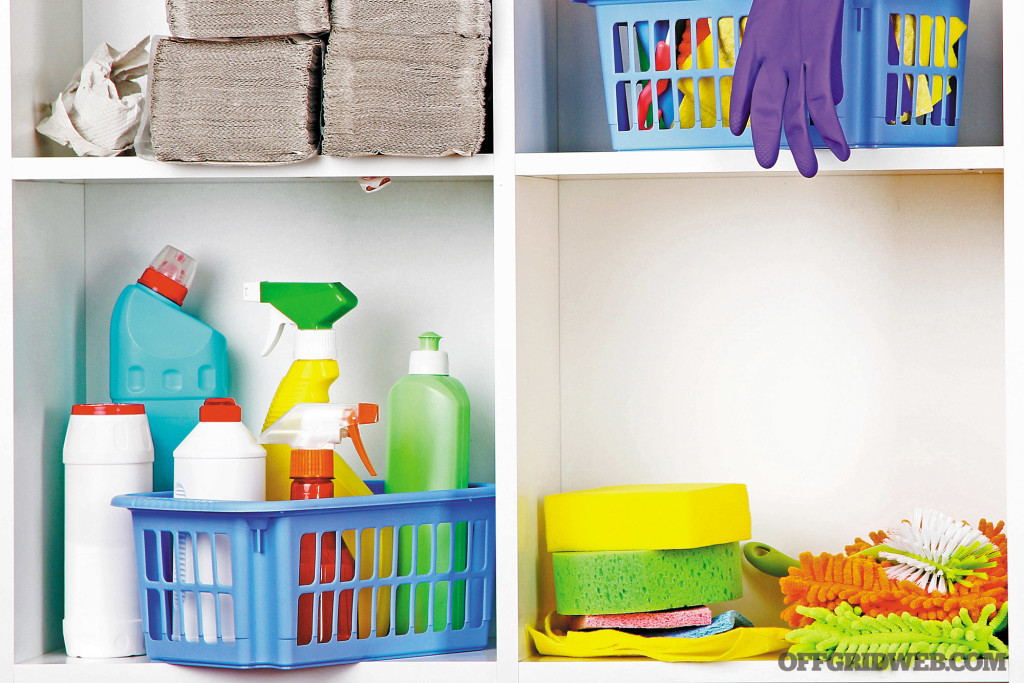
Linen closets, broom closets and hall closets can all contain a treasure trove of good stuff. From towels and bedding, to cleaning chemicals and tools, closets are always a grab bag of the random items that are so handy in everyday life — and even handier in an emergency, pandemic, or disaster.
Bleach
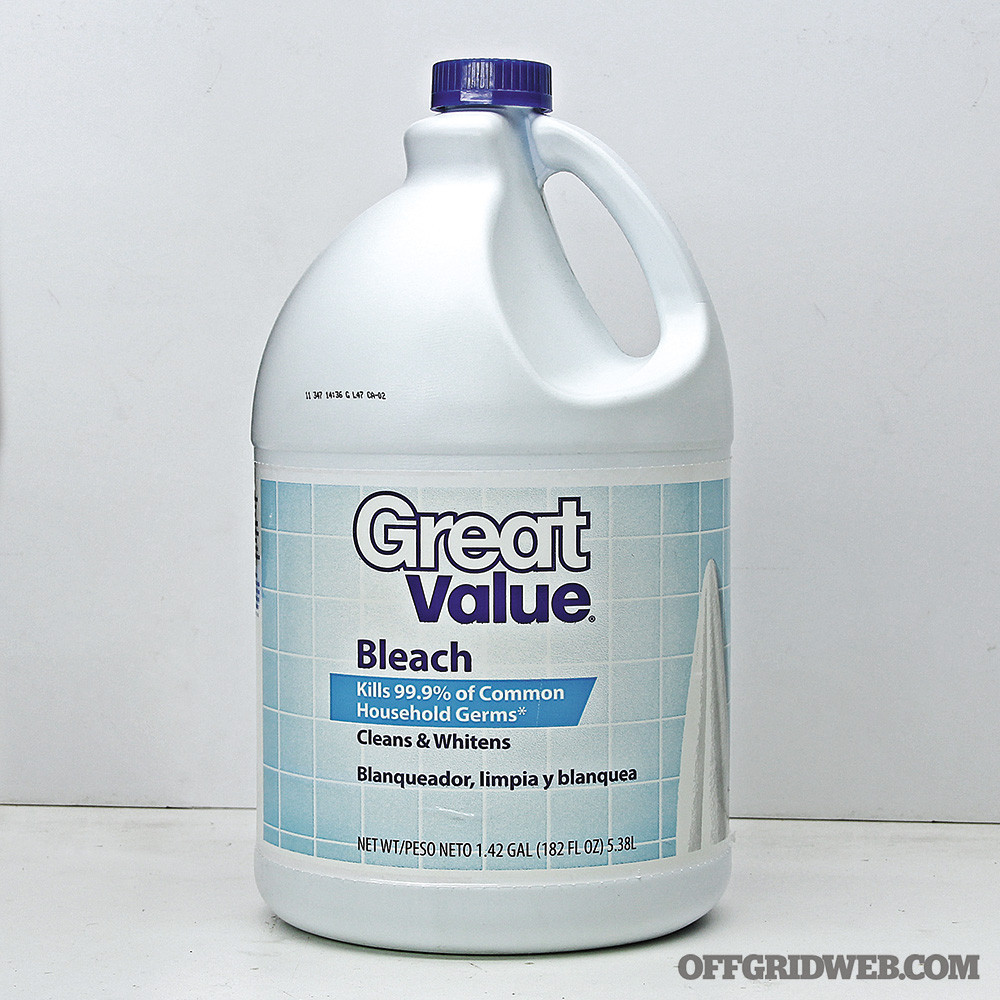
Common, unscented bleach is about 5-percent sodium hypochlorite. This powerful disinfectant can be used for a number of tasks that involve dangerous germs or viruses. The same bleach that you pour into your laundry can also make a disinfecting solution to use on people, pets, surfaces, and supplies in the event of a pandemic or biological terrorist attack. Use 1 tablespoon of bleach added to 1 quart of water to make a wipe or spray for intense disinfection.
Disinfecting drinking water can also be achieved with bleach. Add two drops of bleach to 1 quart of water, if the water is warm and clear. As the water gets colder and/or dirtier, you could increase the bleach from two drops to three or four drops per quart. Shake the water to disperse the bleach and allow it to sit for one hour prior to consumption. By no means will you confuse the concoction with Evian, but it’s better than the alternative.
Towels and Linens
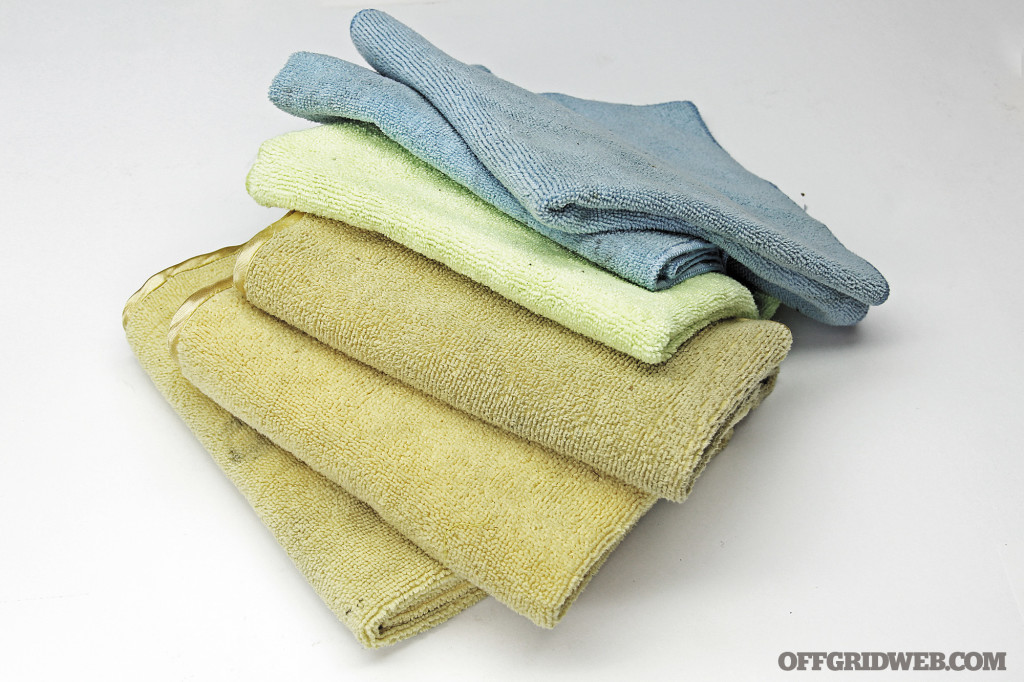
Hand towels, bath towels, beach towels, and bed linens represent an almost unlimited resource to crafty and creative people. This kind of absorbent fabric can be used for wound dressings, insulation, baby blankets, fire starter, and hundreds of other applications. For someone who can sew by hand, the fabric can be cut into pieces and stitched into an infinite number of handy items.
Tools
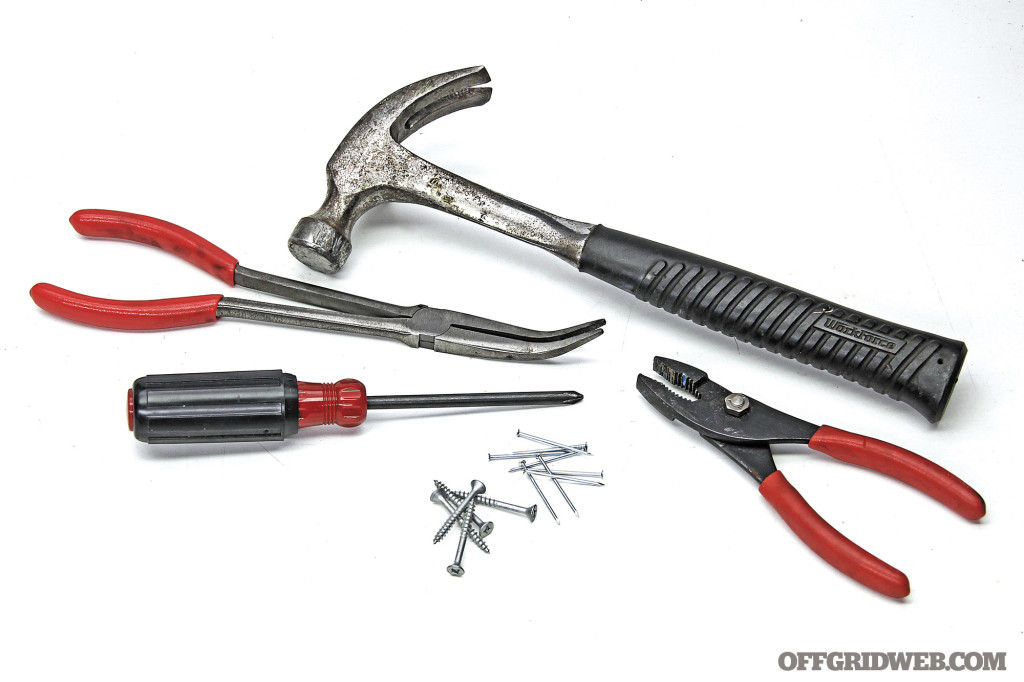
Even if your home is small, you probably still have a basic tool kit for simple repairs. If not, then you now have a homework assignment to complete after reading this article. The average toolbox should contain things like hammers, nails, screws, screwdrivers, pliers, and other handtools, which can be important for their intended uses, but they can also be repurposed.
To help with cooking tasks, you can use the pliers to pick up hot metal food containers (like the food cans) by the rim. For defensive applications, use your nails and hammer to nail windows and unnecessary doors shut. And for offensive applications, hammers make serviceable weapons, as do utility knives, screwdrivers, and larger wrenches. Again, sheaths and holsters for these makeshift weapons can be made out of cardboard and duct tape in a pinch.
In the Kitchen

Water and food are critical priorities in an emergency setting. And while you may logically turn to your kitchen for these life-sustaining commodities, there are plenty of other supplies in the average kitchen just waiting to be reimagined and used.
Oil

With so much emphasis these days on healthy lifestyles, many people focus on low-calorie and low-fat foods in their daily life. But in a survival situation, it’s all about high calories. Cooking oil from your kitchen can be used as intended for cooking and baking, but it can also serve as a high-calorie food supplement. One tablespoon of any food-grade oil contains approximately 120 calories. As your metabolism and workload go up due to the strain of an emergency, your calorie intake should also increase. Add a spoonful or two of oil to any foods to spike up the calories.
Food-grade oils are also useful as a lotion or balm for dry, cracked skin and lips. And that same oil can be used for lighting as the fuel in oil lamps. You can pour liquid forms of oil into traditional kerosene lanterns.
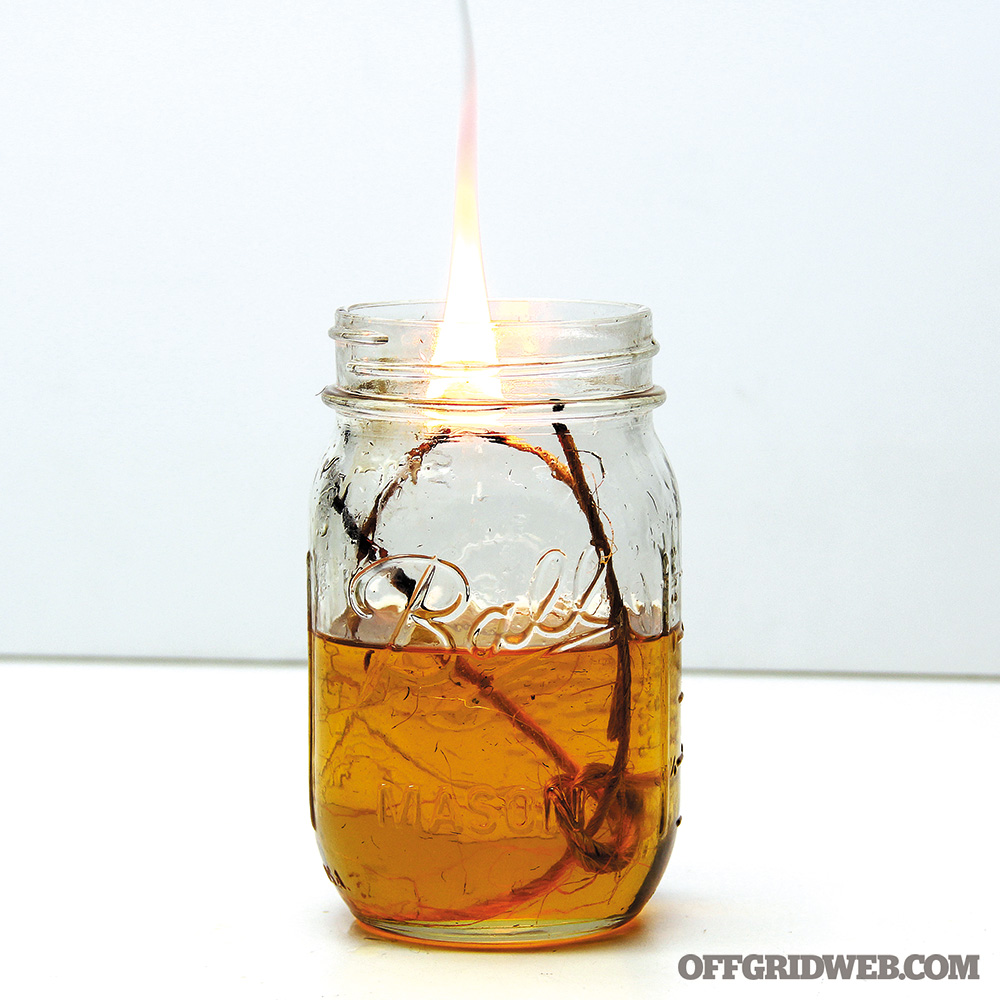
You can also create your own oil lamps from scratch. Using a glass, metal, or ceramic bowl or cup as a fireproof container, add a few ounces of liquid or solid oil (anything from olive oil to Crisco) and insert a fiber wick. Cotton twine or twisted-up paper towels make quick and effective wicks. Once the wick has soaked up some oil, light it with an open flame, and you’ll have a light that performs just like a candle.
Knives

The jangling drawer full of kitchen knives can be easily be used as tools and weapons, should the need arise. Twist a knife, and it becomes a drill. Chop with a cleaver, and it performs like a hatchet. Steak knives and paring knives can be a passable replacement for a pocket knife, after you fit them with an improvised sheath.

Use two strips of cardboard or plastic, and a generous amount of duct tape, to put these quick and dirty sheaths together. As anyone who’s seen Psycho would know, the bigger knives in your culinary collection could pass for weapons, but they will need to be outfitted with sheaths, similar to the smaller knives.
Canned Food

While MREs may seem to be the survival food of choice (see OFFGRID Issue 1), don’t ignore their forerunner, canned foods. Besides being a bug- and rodent-proof source of nourishment, canned food will also give you a reusable container once the can is empty. These metal containers can be used to serve food and drink. They can also be safely used over a fire or stove, allowing you to boil water and cook other foods.
An empty food can easily converts to a small cook stove, too. Pack a cotton rag or insert a partial roll of toilet paper into the can. Pour in melted wax or high-proof alcohol and then light up your new emergency stove.
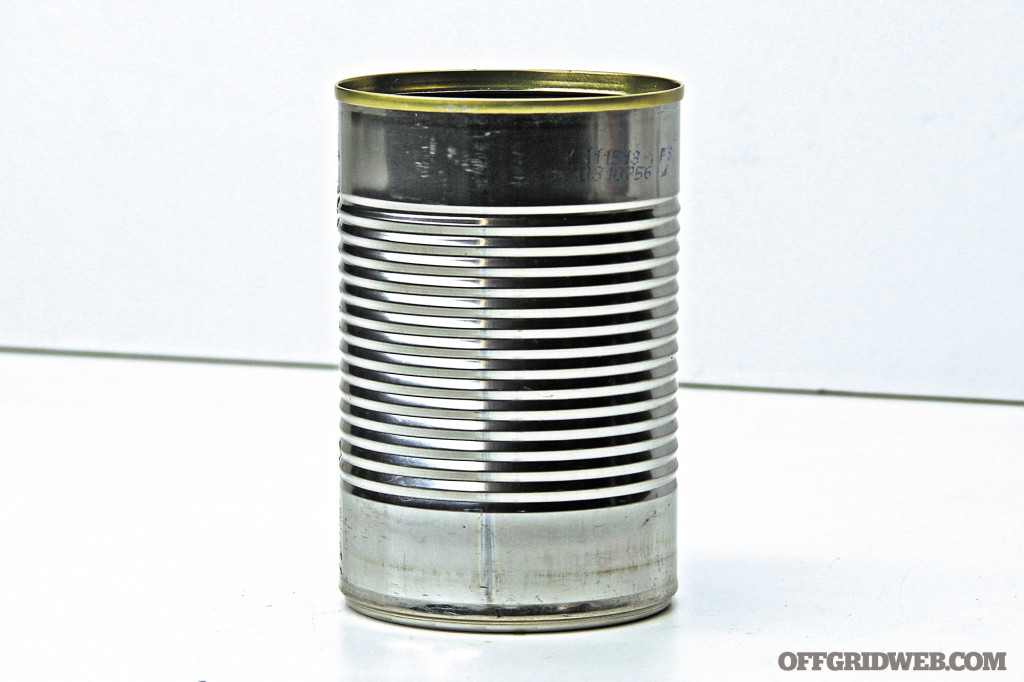
Once you have an abundance of cans, you can use a few to create a low-tech alarm system. Tie several cans at the end of a length of fishing line or a dark-colored thread. Use two pieces of duct tape to stretch this line across your walkway, hall, or driveway, leaving the cans stacked or piled off to the side. When someone hits this homemade tripwire, you’ll hear the cans clanging together and know that company is coming.
Tip: Pull-Tab Top Canned Food
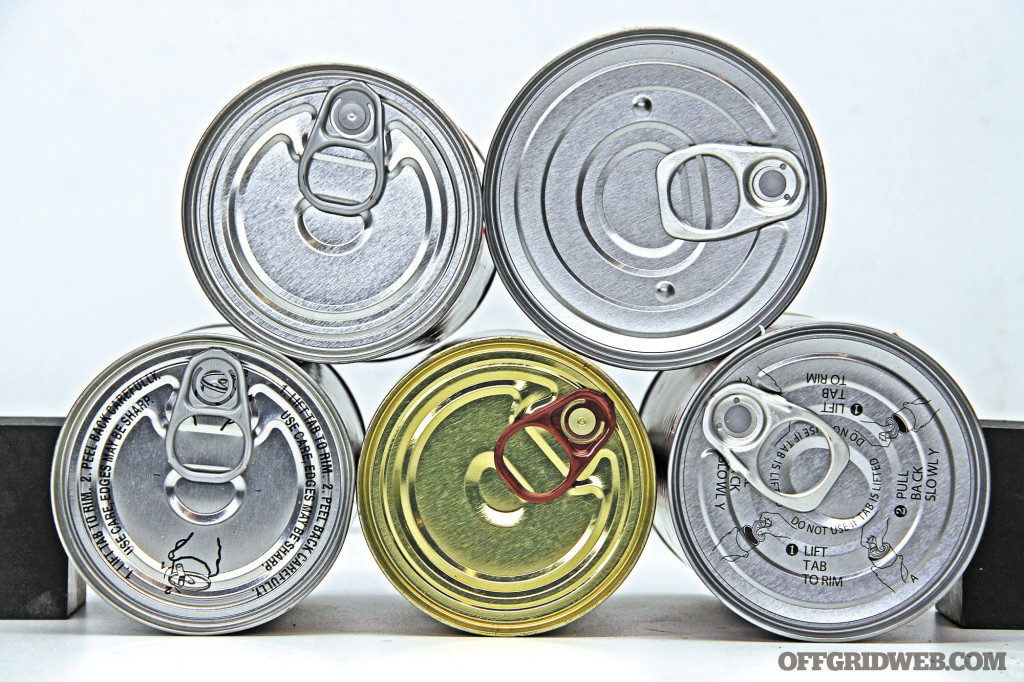
When shopping for canned food, you might have noticed that some cans are equipped with easy-to-open, pull-tab tops. These types of cans have the advantage of being opened without any tools, which is an obvious advantage. While these types of cans seal and protect the contents just as well as standard cans, they are more susceptible to damage from being dropped. If damaged, the tops have a chance of opening or buckling. So, which type is best? The tradeoff between convenience and sturdiness is something that you’ll have to decide.
Snack Chips
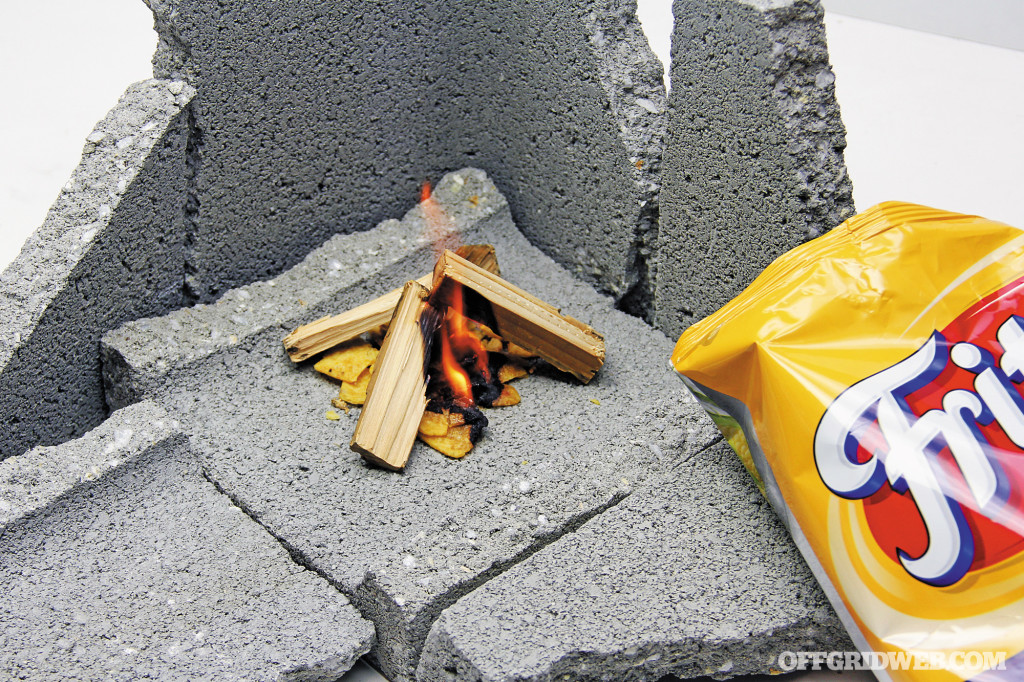
Sure, they’re tasty and provide a lot of caloric energy — bet you can’t just eat one. But they also make a tempting trap bait and burn like hellfire. To use chips as fire starters, make your selection by looking at the labels. The chips with the highest calories per serving are your top choice to burn. This is due to the insane amount of fat that each oh-so-tasty crunchy chip holds. Fat equals fuel value in the world of fire making, and Fritos are my fire-building favorite. Just place a few of these precious snacks underneath some twigs or tiny pieces of split wood. Apply an open flame to the chips, and you’ll have your grill, stove, fireplace, or backyard bonfire started in no time.
Fire Extinguisher
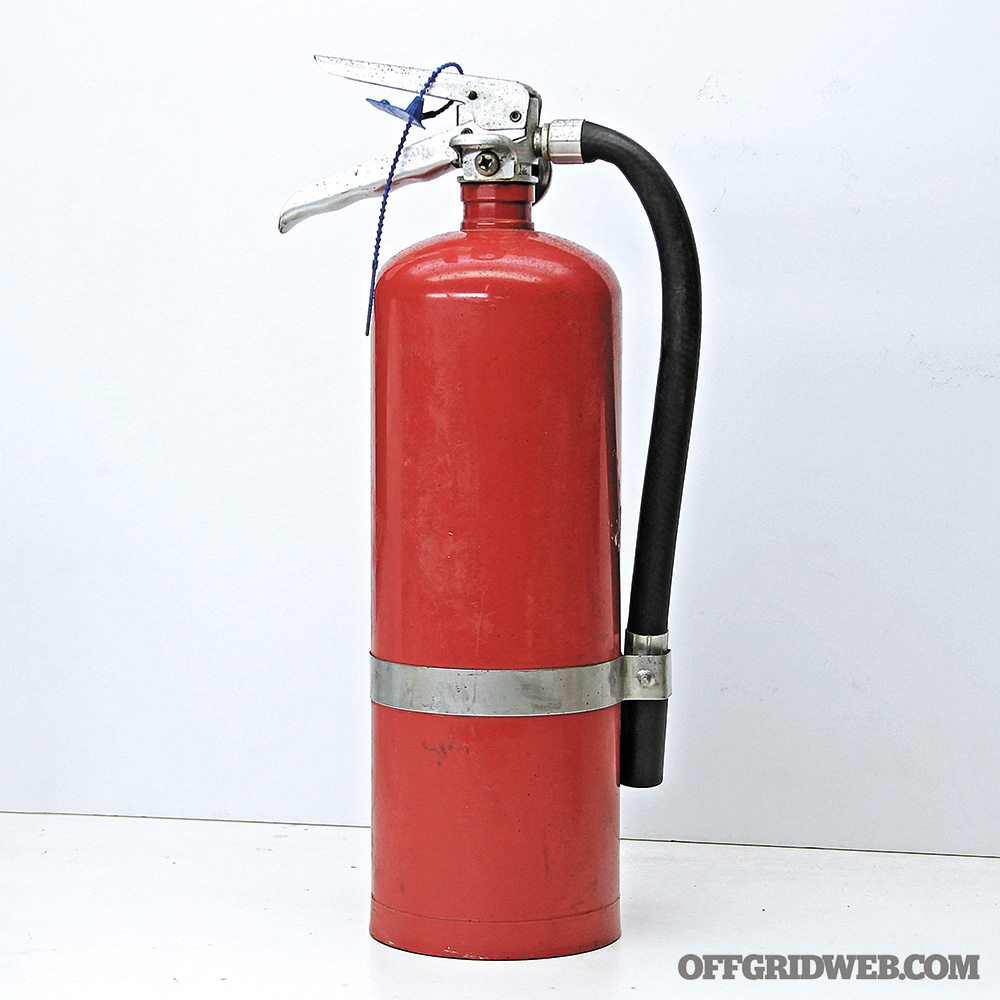
Aside from the intended use of a fire extinguisher, these pressurized vessels of powder and air can be a startling defense against an assailant. Aim for the face, spray them liberally, immediately follow up with a strike (or more) to the head using the butt-end of the extinguisher. Then make a hasty retreat. Unorthodox tactics like these might just buy you enough time to escape from looters and home invaders.
Tea Bags
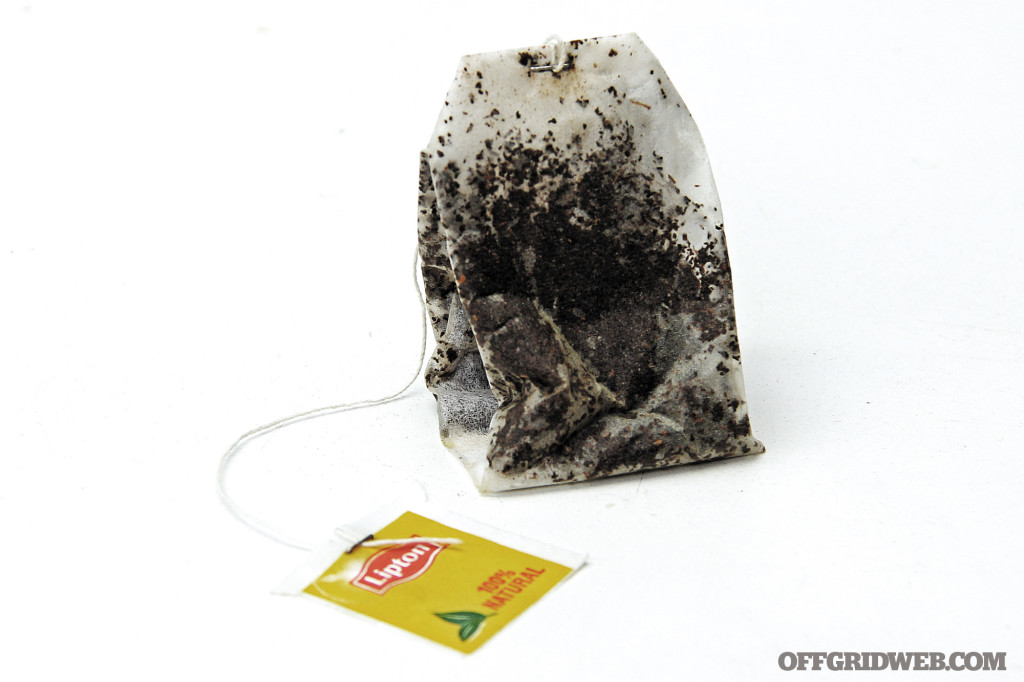
A cup of tea may not seem like a survival item, unless you’re being blinded by a caffeine withdrawal headache. But a wet tea bag is another story. A regular black tea bag contains tea leaves that are full of valuable tannic acid. This acid shrinks inflammation when used topically as a wet compress. In the event you cannot get to a dentist or doctor, you can use the wet tea bag on boils, ingrown toenails, hemorrhoids, and other inflamed skin maladies. You can even get toothache relief by placing the wet tea bag against a painful tooth in your mouth (but please don’t use the same one that you previously used for a hemorrhoid). This dental remedy can be boosted by adding whole or powdered cloves (the spice) to the wet tea bag. Cloves contain an anesthetic oil that works well for temporary relief of dental pain.
In the Bathroom

Most bathrooms contain a very diverse assortment of goods. After analyzing your needs, and all of the random stuff in the cabinets, you might just find some items in the bathroom that will help you out of a jam.
Dental Floss
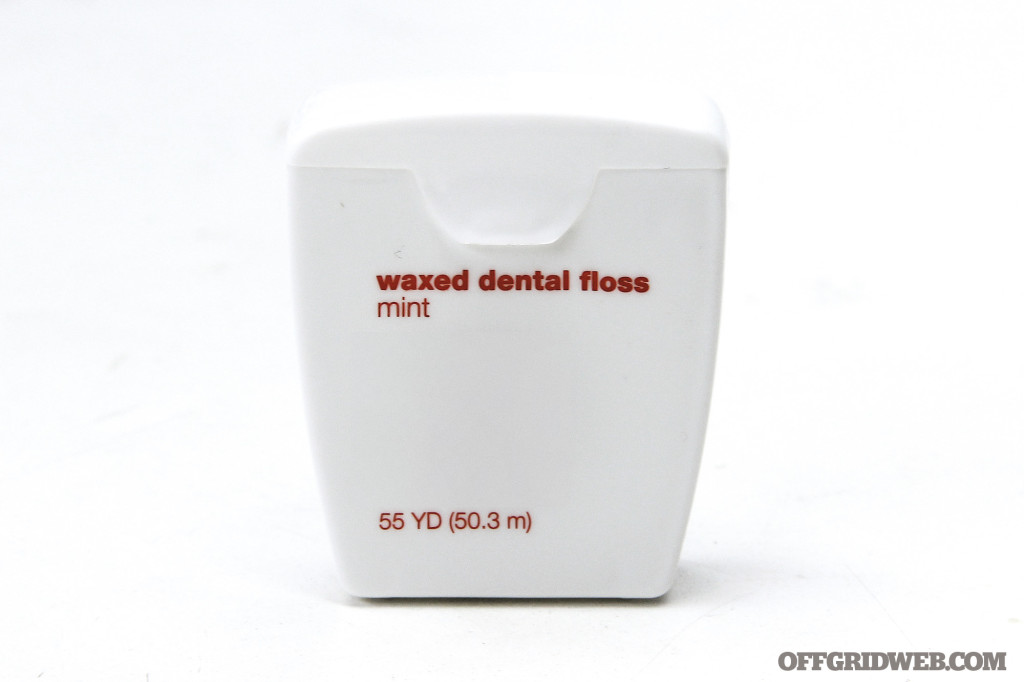
Need some strong string? Or something to actually floss with? Dental floss is made from amazingly strong fibers, allowing floss to be used for emergency cordage, fishing line, trap components, suture material, sewing thread, and a host of other purposes (perhaps a Borat “man-kini” if you wish to frighten women and young children).
Hygiene Supplies

Many feminine hygiene items like pads and tampons have alternate uses for first-aid. Pads make a fine dressing for wounds and tampons can be opened up to act as a replacement for gauze and sponges to stop bleeding. Guys, no longer will you feel embarrassed at the drug store when purchasing feminine hygiene products. Cotton balls, makeup pads, and similar bath and beauty supplies can also serve medical and fire-building functions.
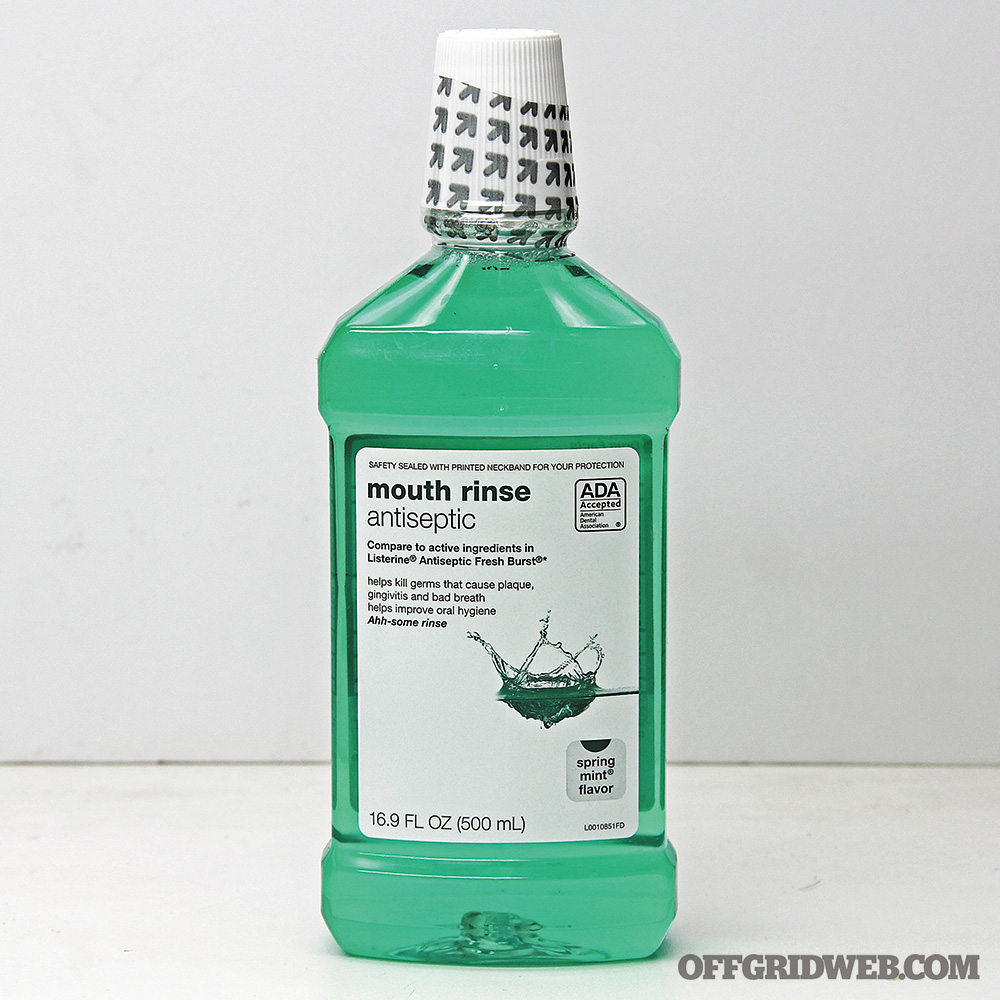
Alcohol-based mouthwash, hydrogen peroxide, and other related products can be used as improvised disinfectants.
Toilet Paper
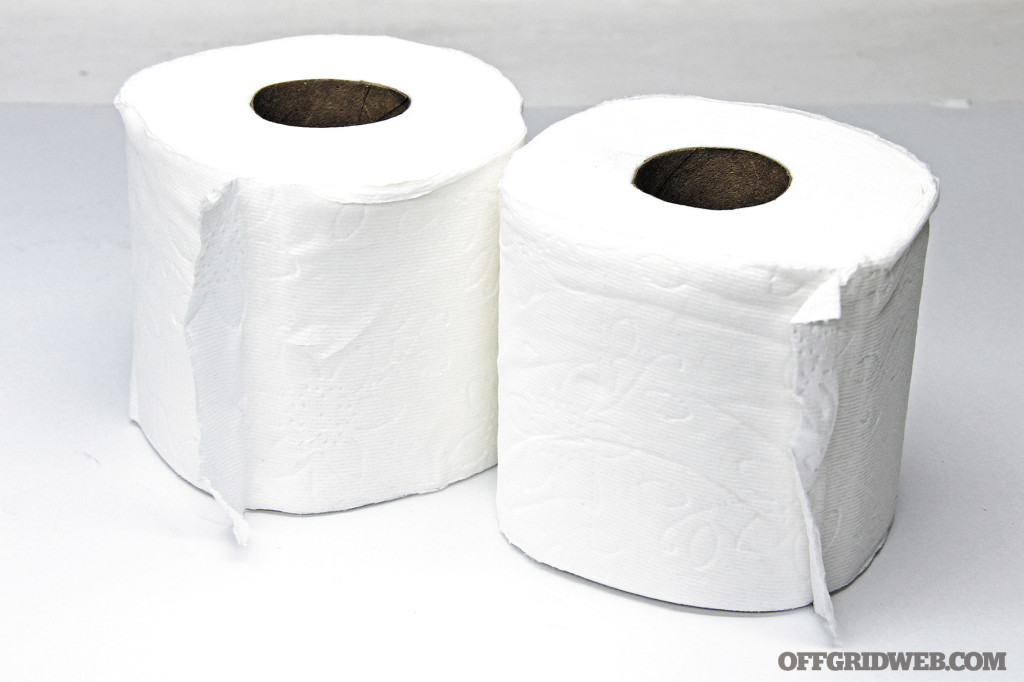
This ubiquitous stuff serves its everyday task very well, yet most people don’t give it proper recognition for its versatility. Toilet paper can be used as wick material for the oil lamps and alcohol cooking stoves already mentioned in this article. It can be an insulating material for bedding and clothing, providing it stays dry. Toilet paper also helps with fire building, applying medicines, and signaling for help in a dry climate (toilet paper a prominent tree, as you would for a prank). TP also makes a great trade good — since anyone that has run out will really want to get some.
Three Items to Stock Up On
It’s not necessary to be a hoarder of survival gear to feel more confident about your ability to fend for yourself. Since planning ahead is one of the most important aspects of a survivor mentality, you should seize the opportunity to plan ahead before a pandemic or other disaster strikes by picking up some multi-use supplies on your next trip to the store.
Duct Tape
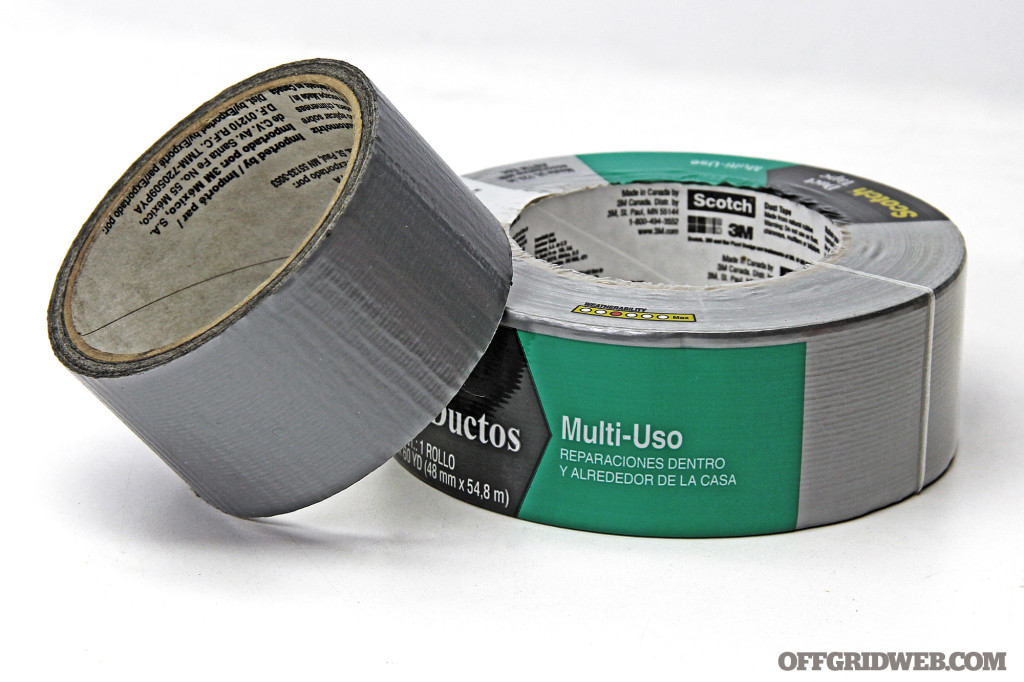
This modern wonder can repair, replace, and revitalize almost anything. Duct tape can mend your clothing, your cracked water bottle, and your footwear. Duct tape can be used as tinder to start fires, a binding to attach items together, and it can be twisted into strong rope. A few rolls of duct tape are a great addition to any home survival stash. And don’t forget to add some tape to your vehicle emergency kit and bug-out bag.
High-Proof Alcohol
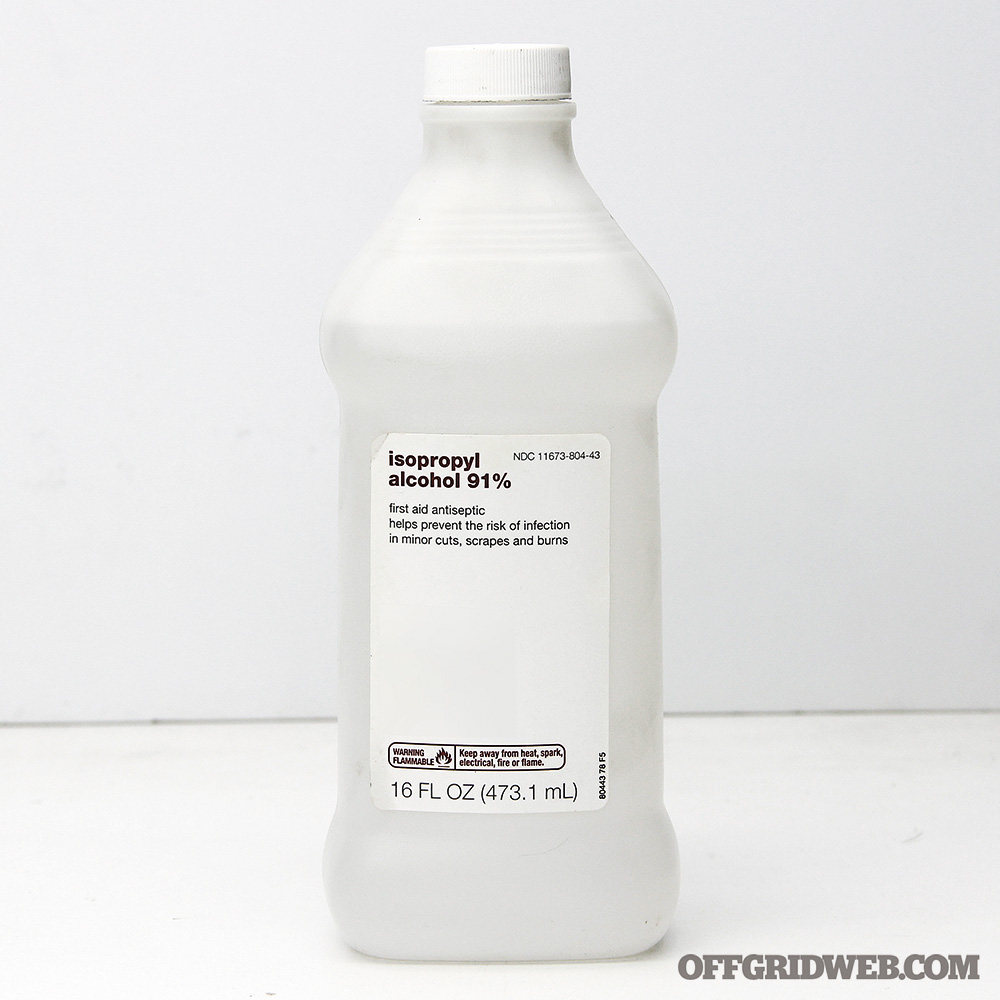
If you’re at the drug store, you can pick up high-percentage rubbing alcohol. And if your shopping trip takes you to the hardware store, you may be able to find a can of very high-proof denatured alcohol (ethanol). These can be used as stove fuel, fire starter, and disinfectant for surfaces. The rubbing alcohol can even be used to (painfully) disinfect wounds. Just make sure you read the labels before performing medical tasks with alcohol. Denatured alcohol and anything containing methanol should not be used on the skin or imbibed due to their poisonous nature.
Batteries
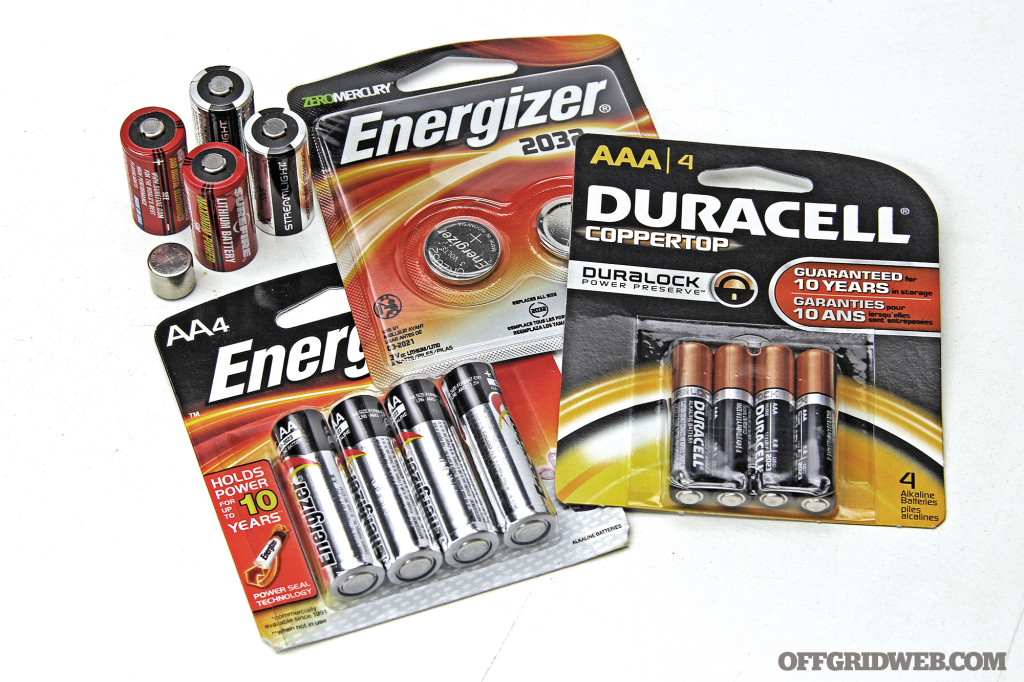
Your flashlights, radios, and many other useful items will be in heavy use during an emergency situation. Make sure you have dozens of spare batteries of each size that your equipment requires. Sure, you could steal some out of the TV remote, but it’s better to have fully charged batteries that are ready to use. If you have high-intensity flashlights or other gear that requires odd batteries, stock up on a few packs of those while you’re at it. Your $200 tactical flashlight isn’t much good without the special batteries.


